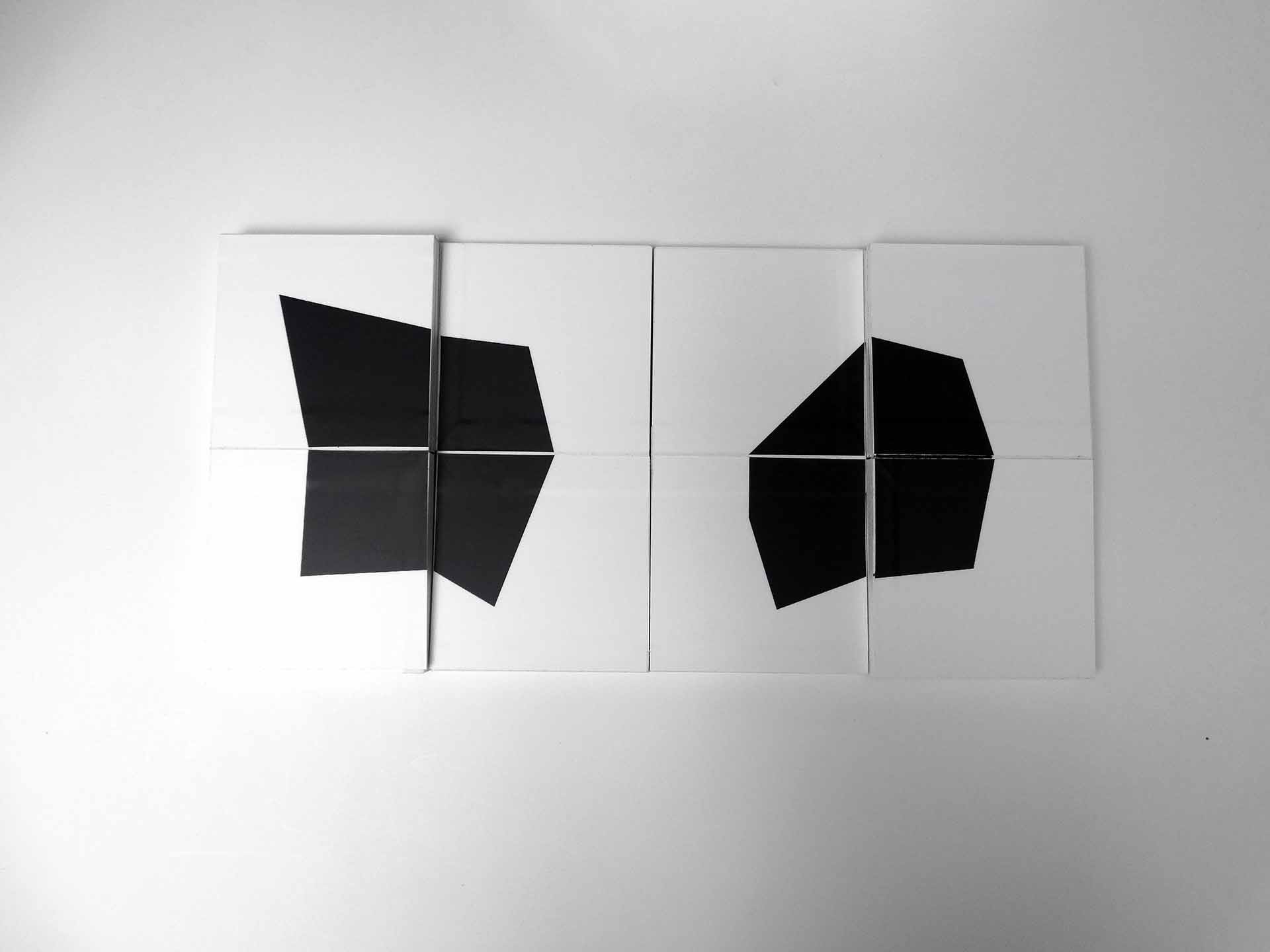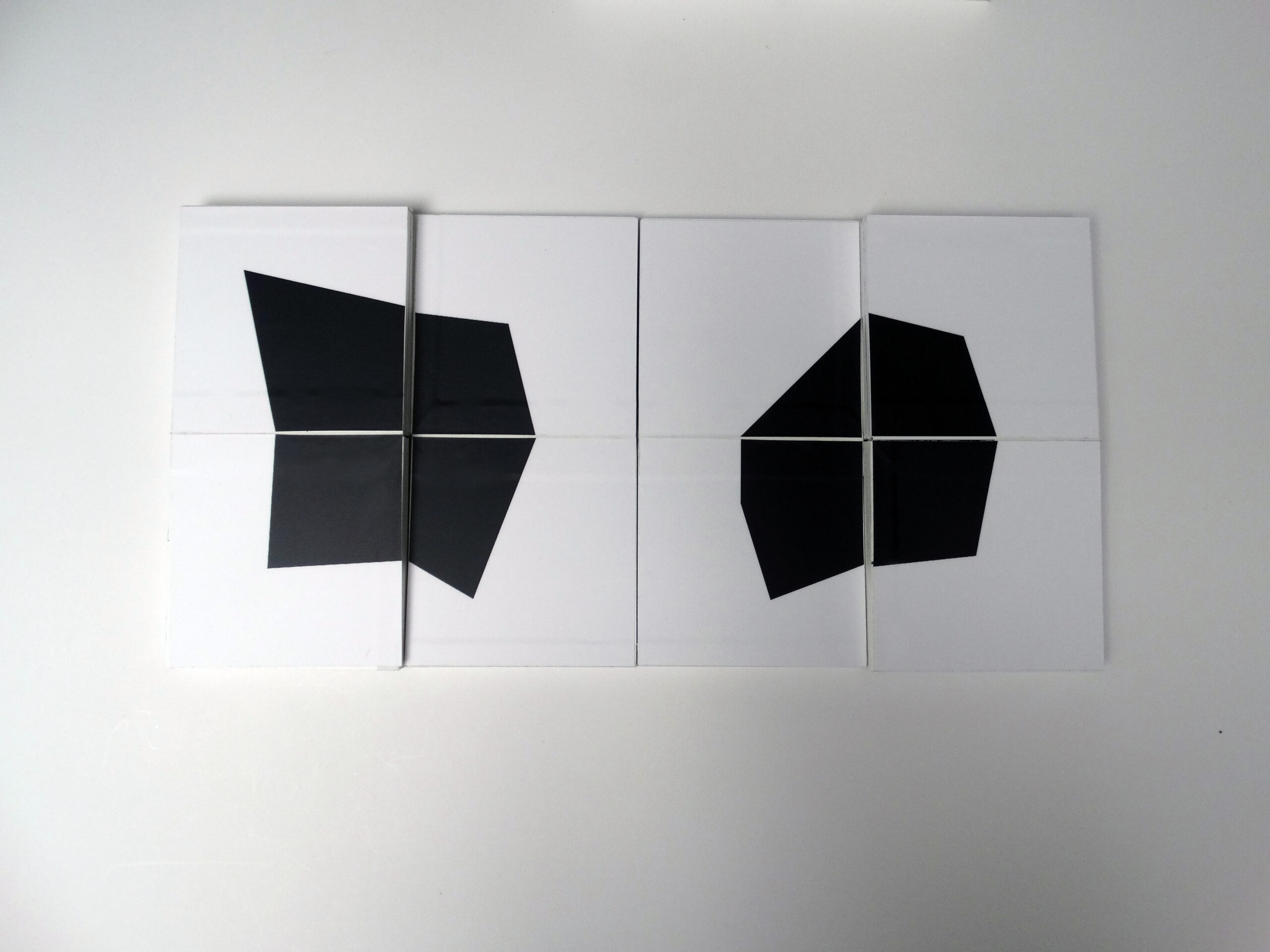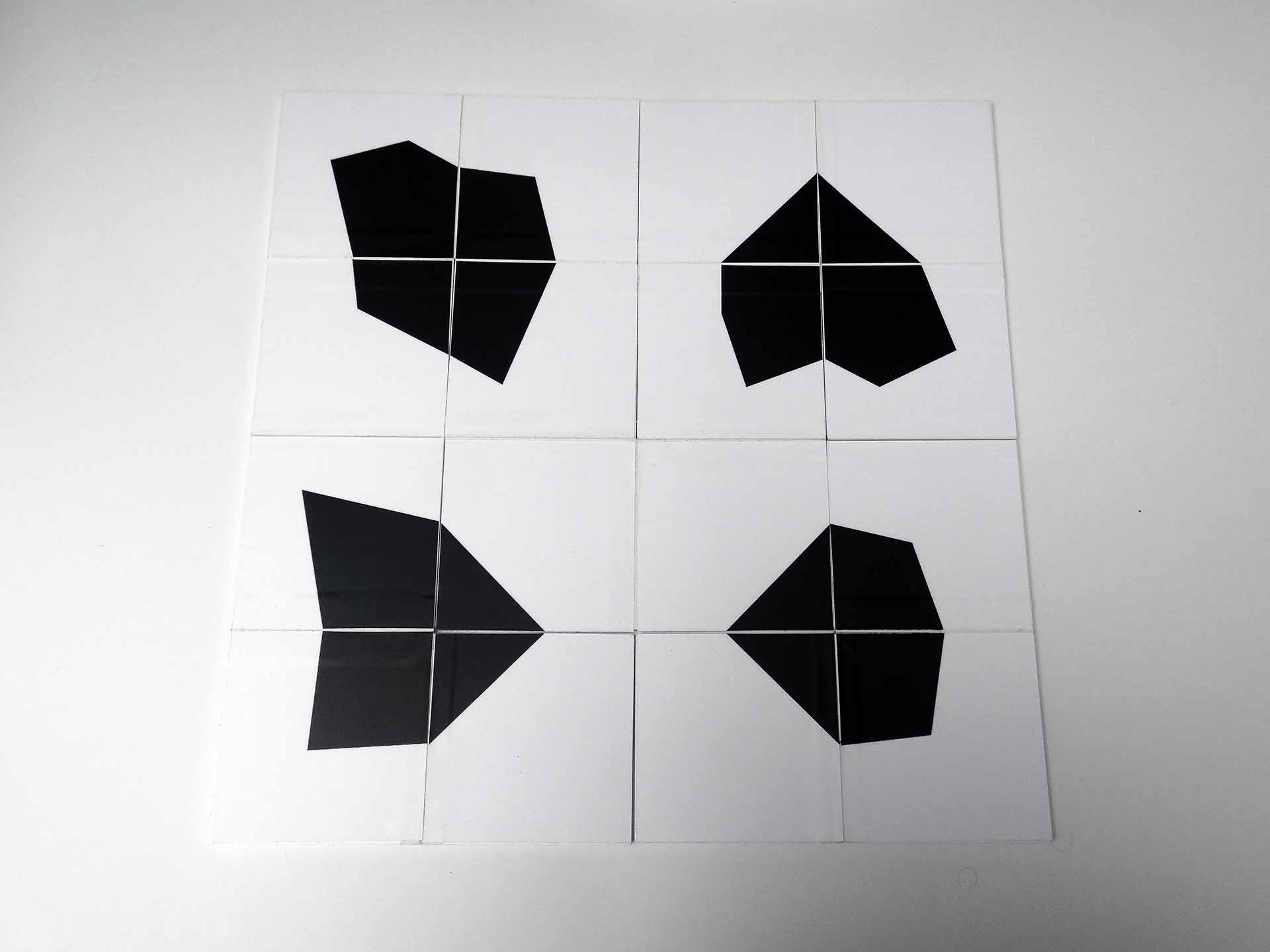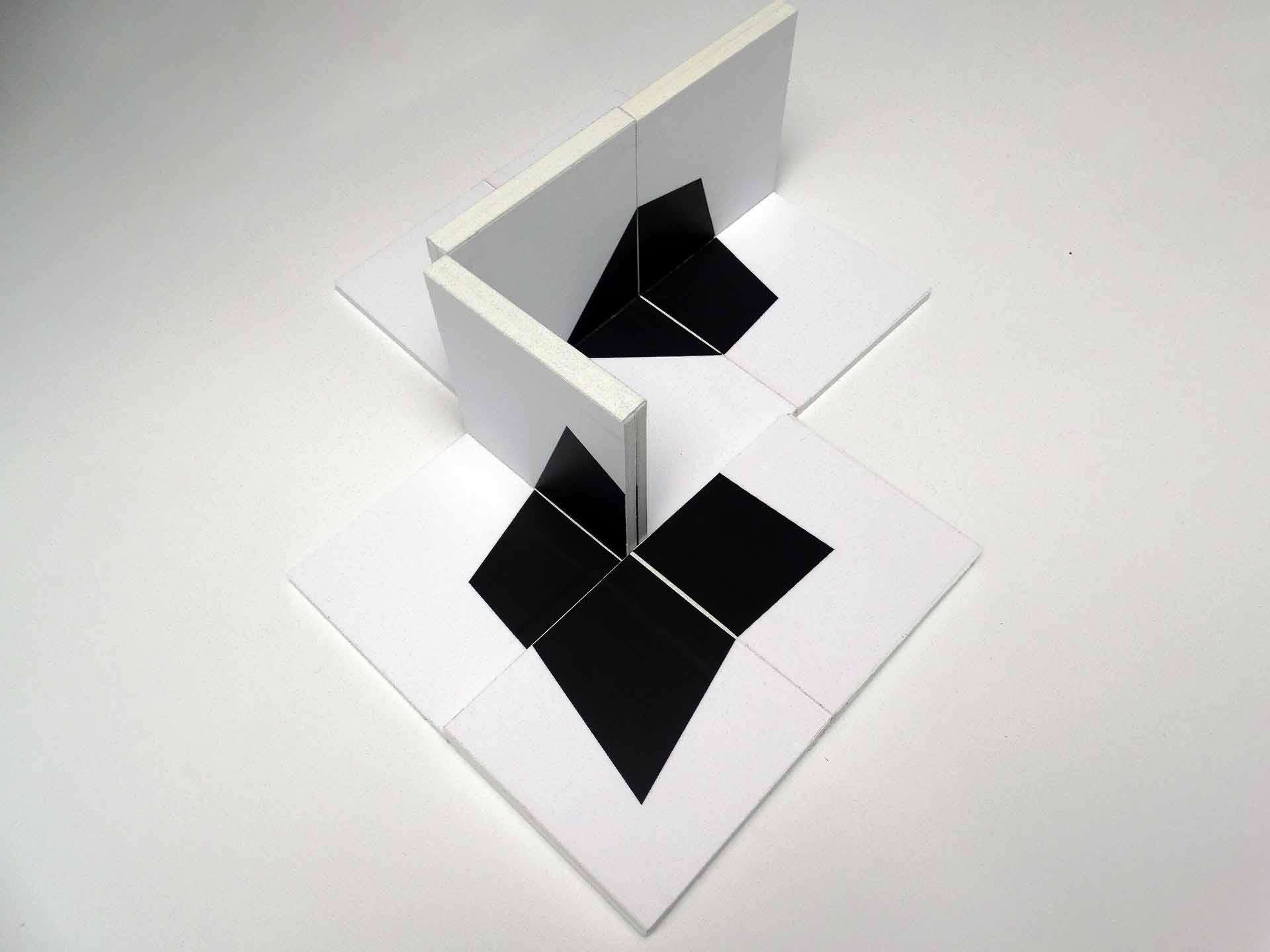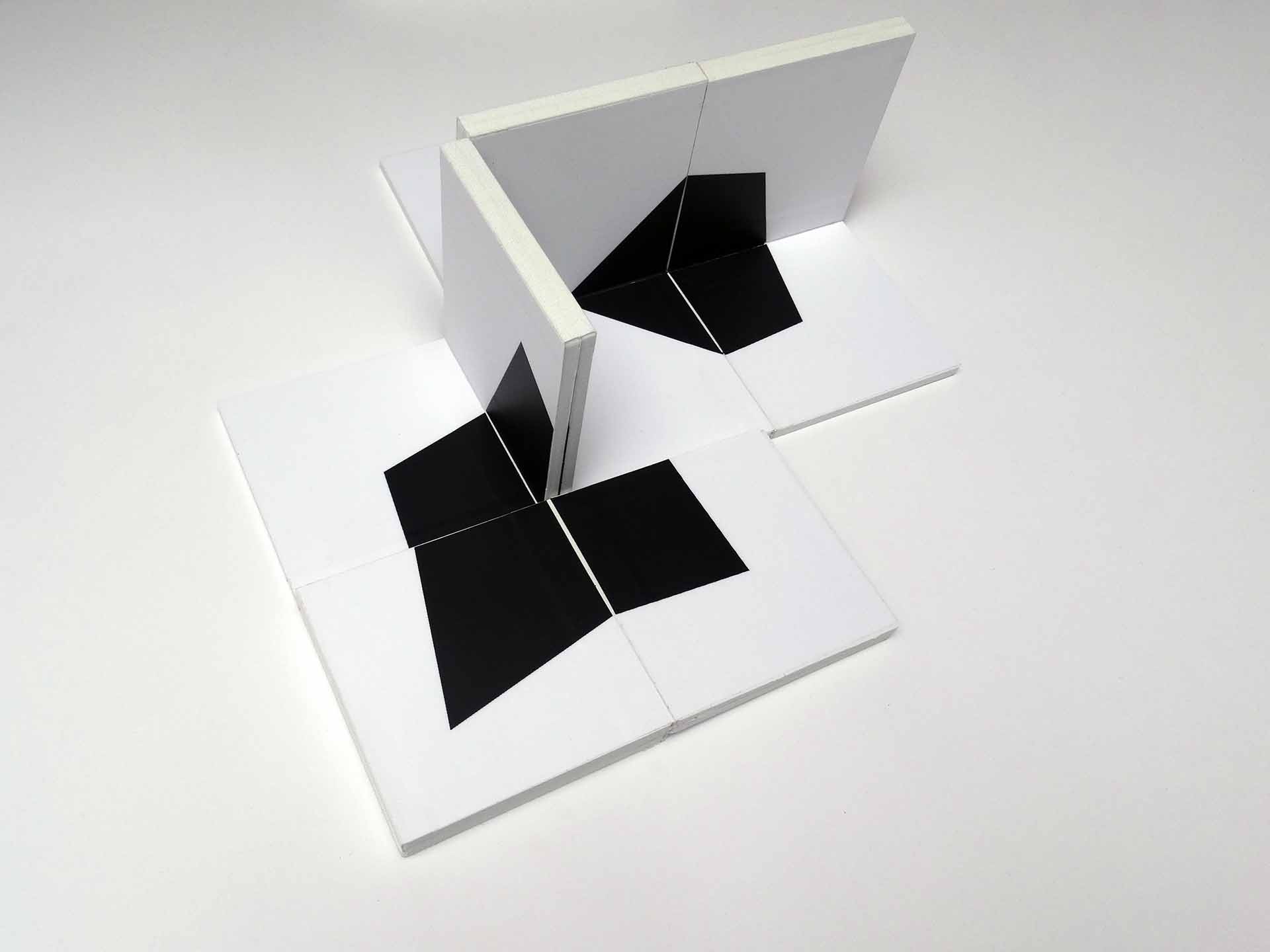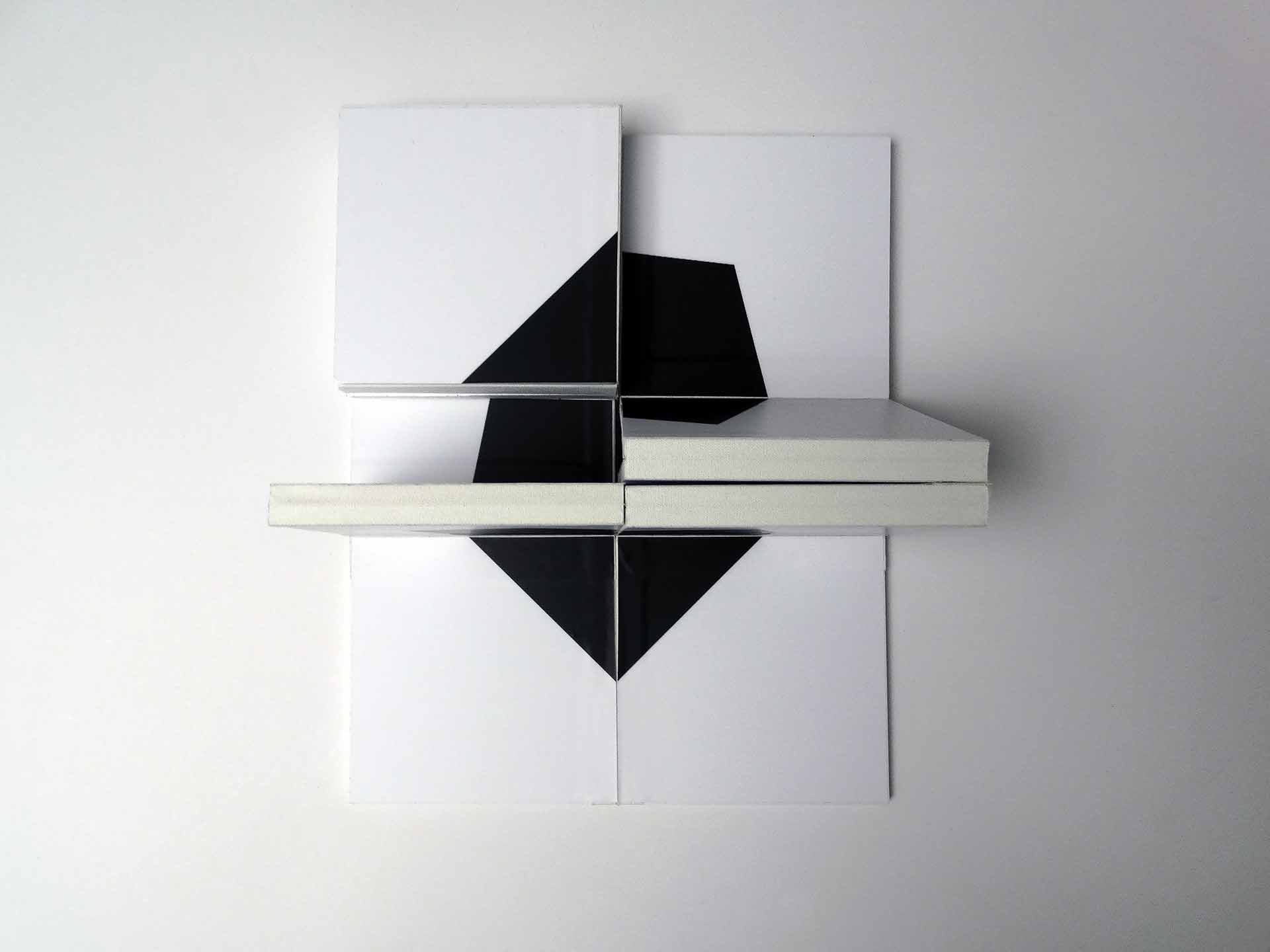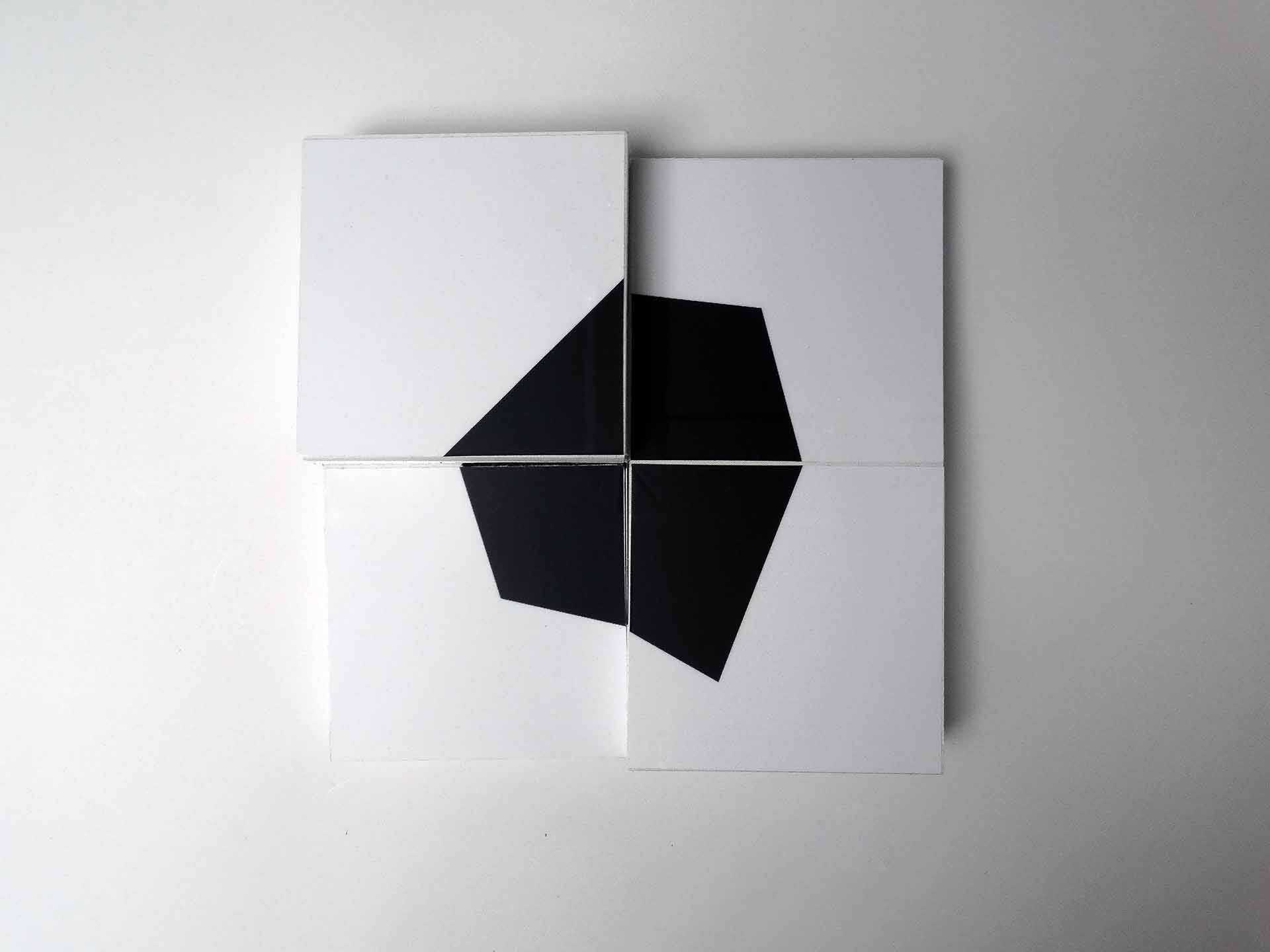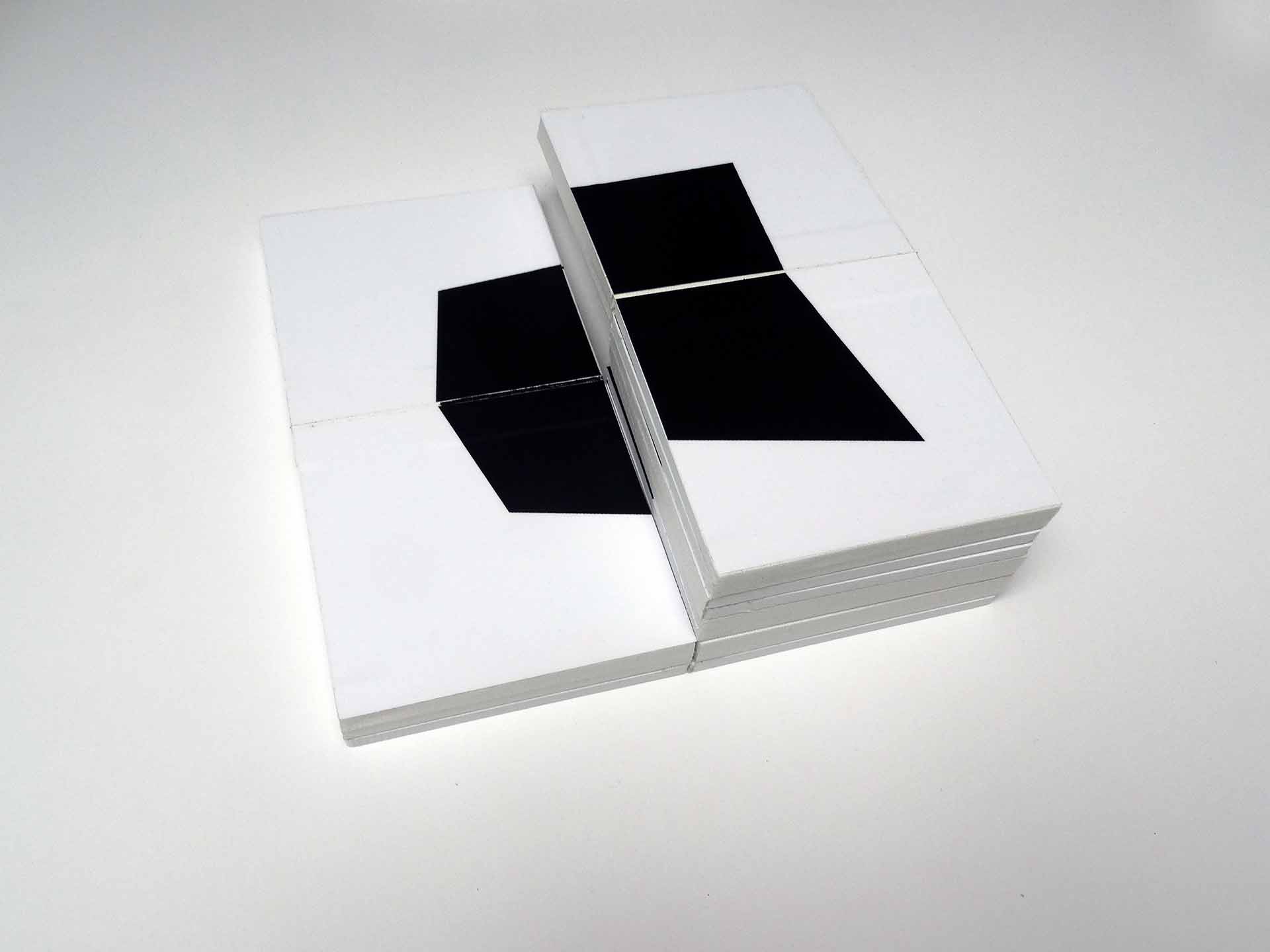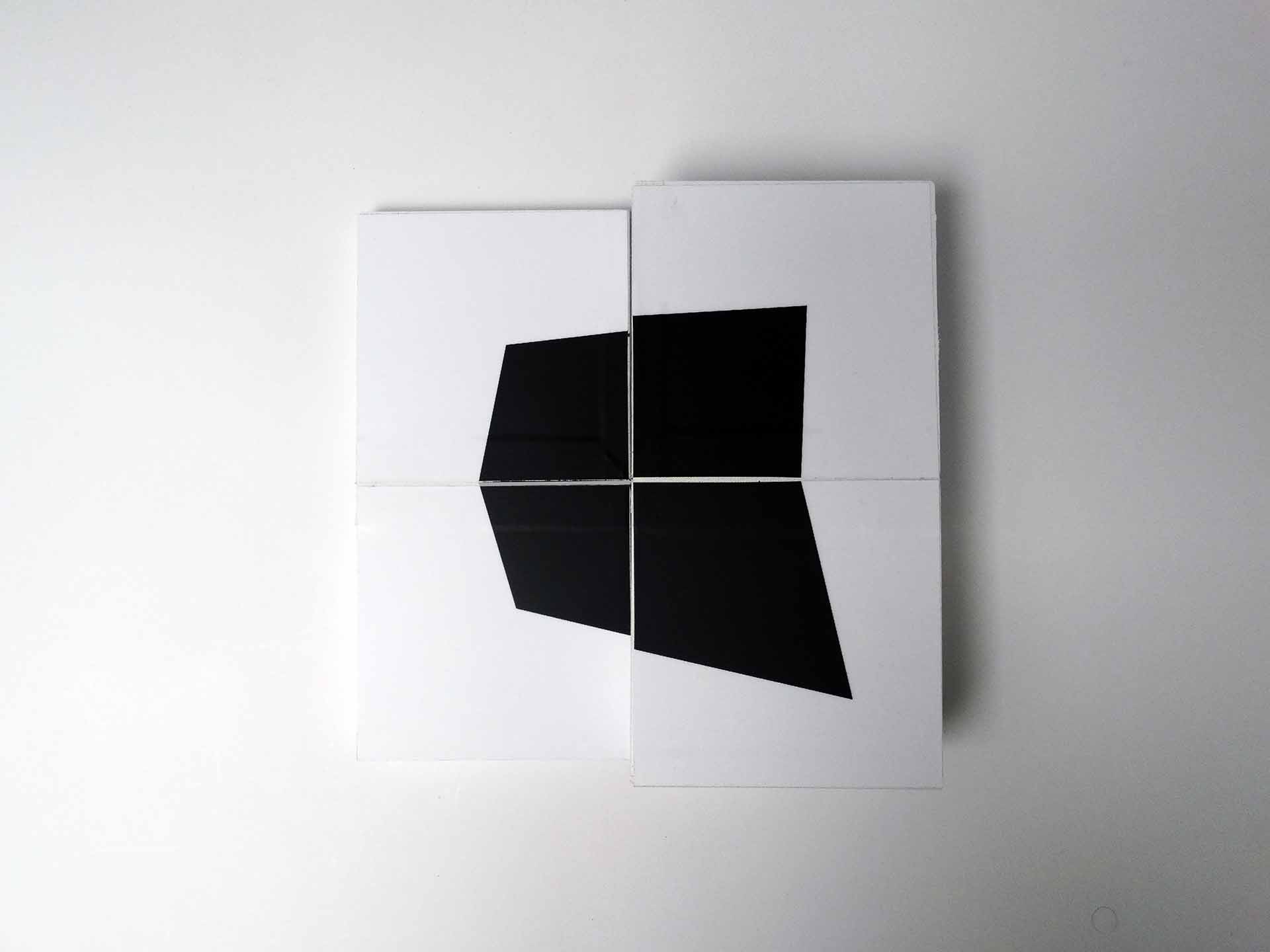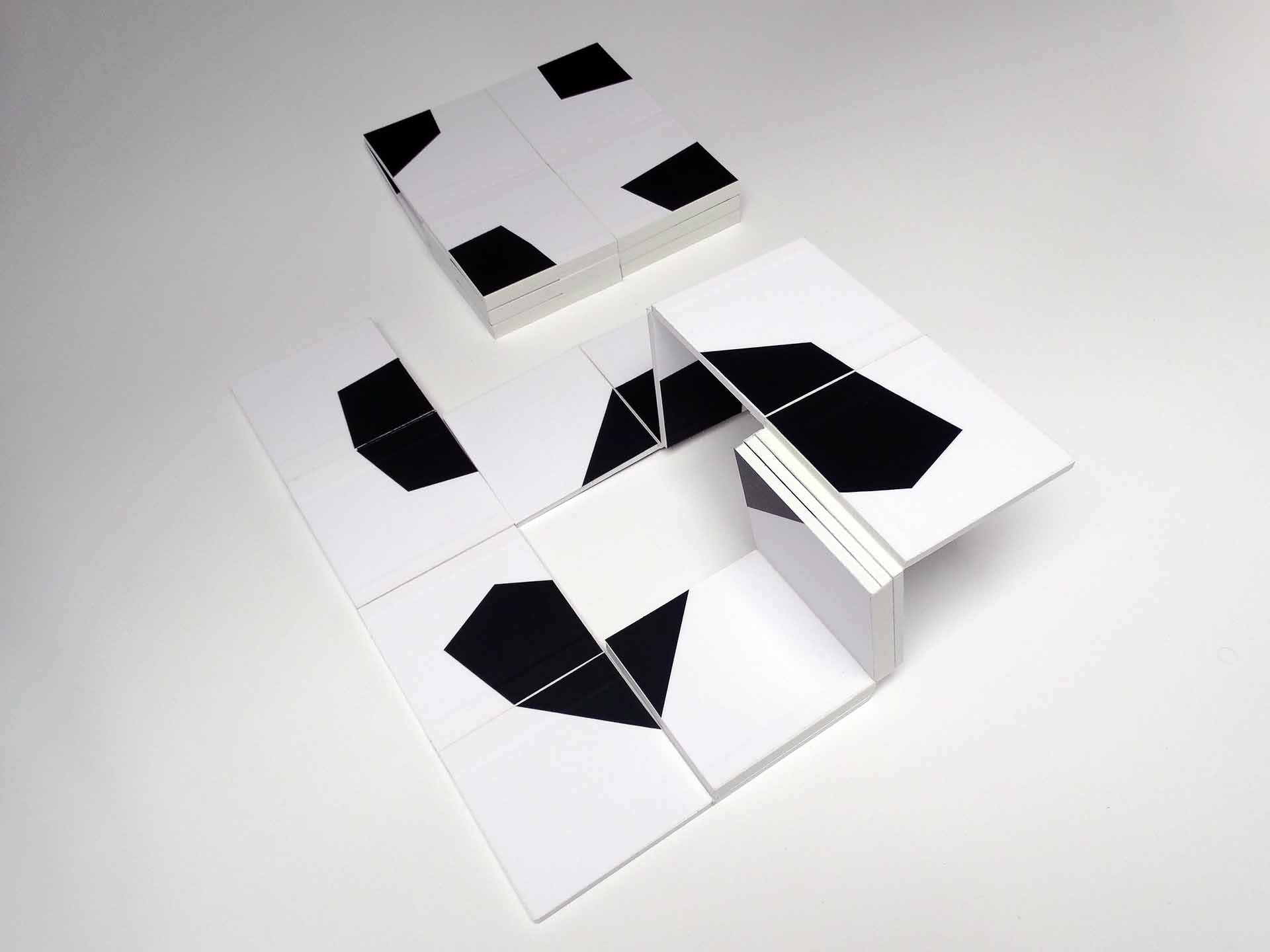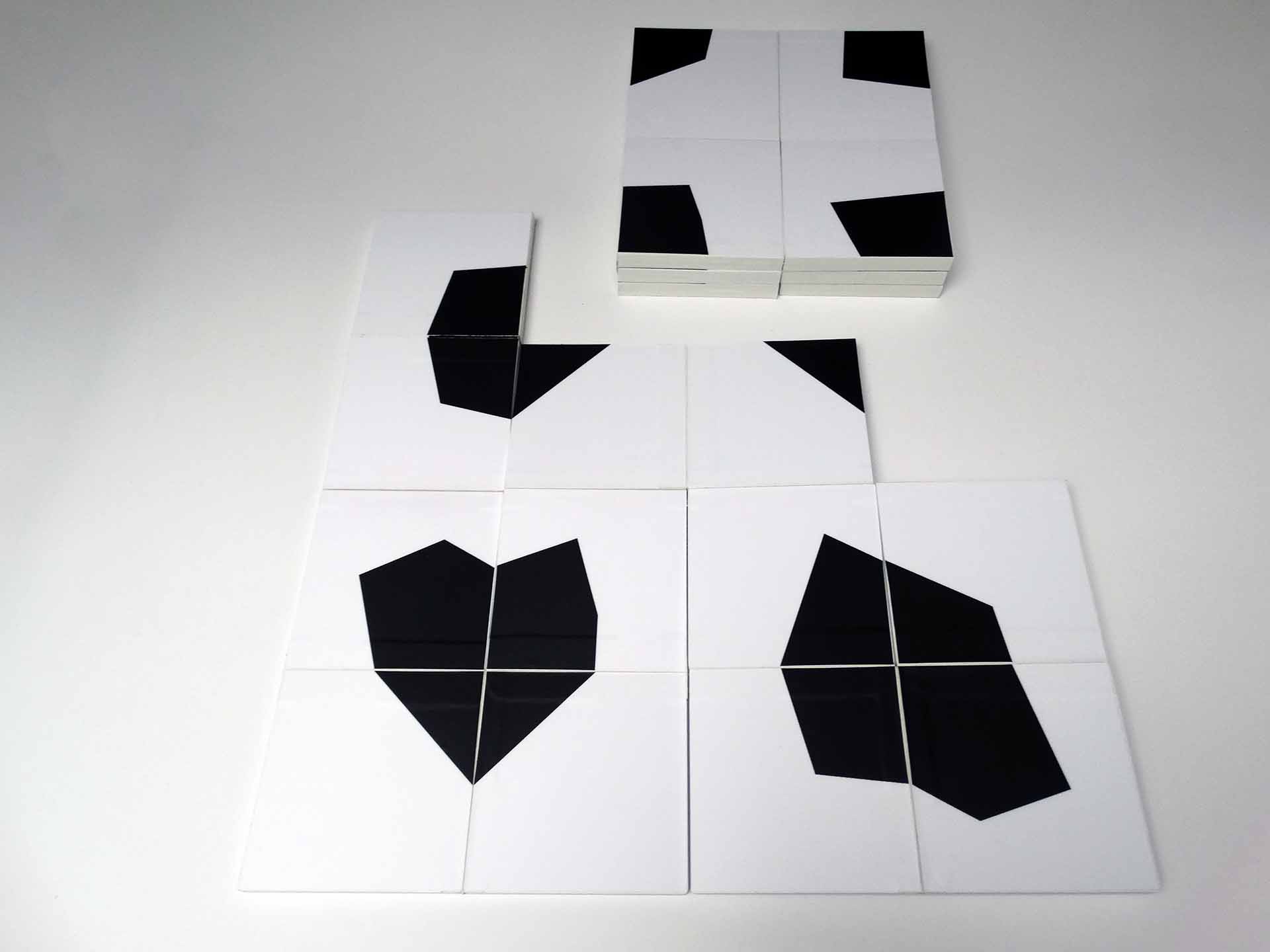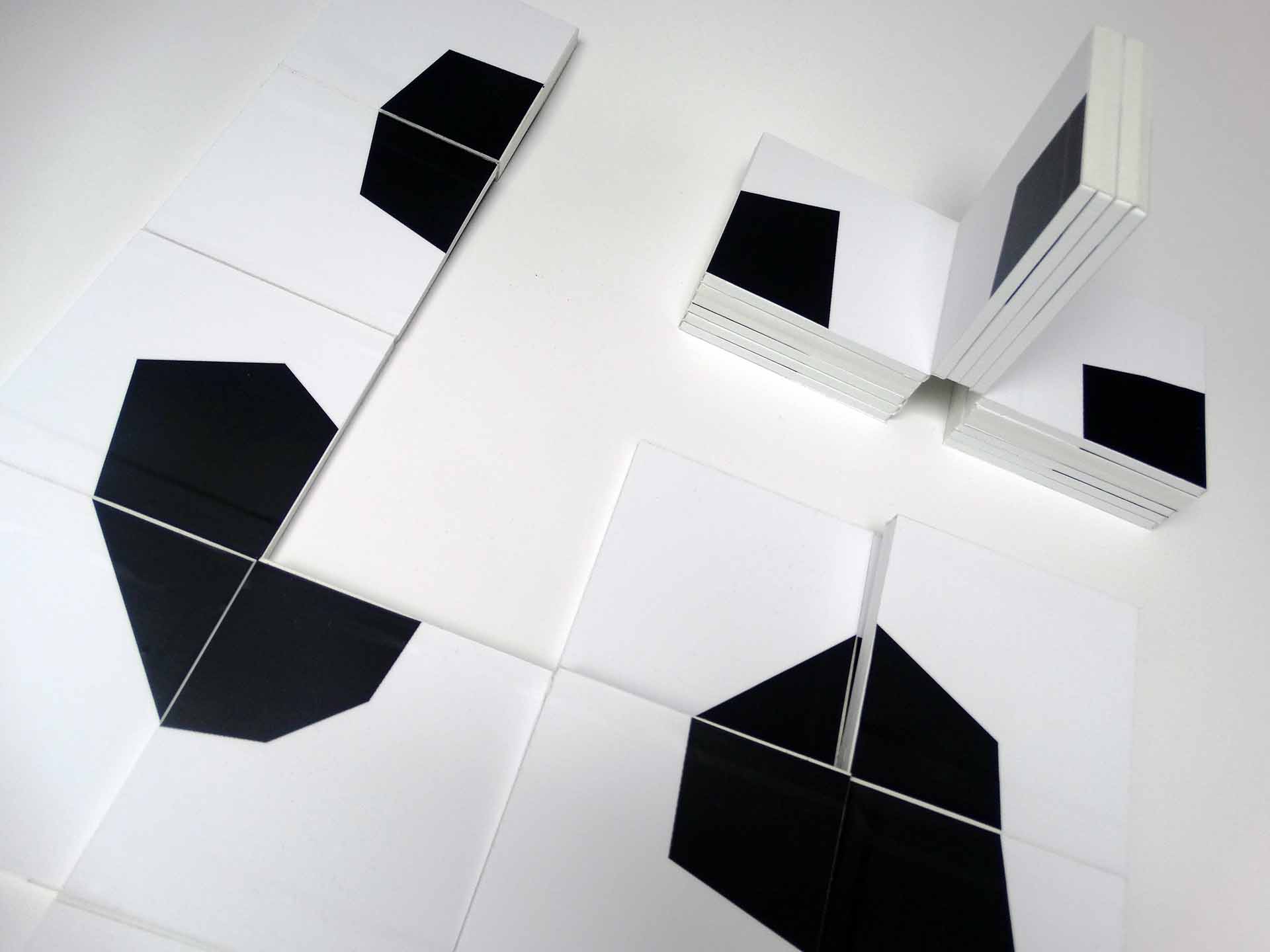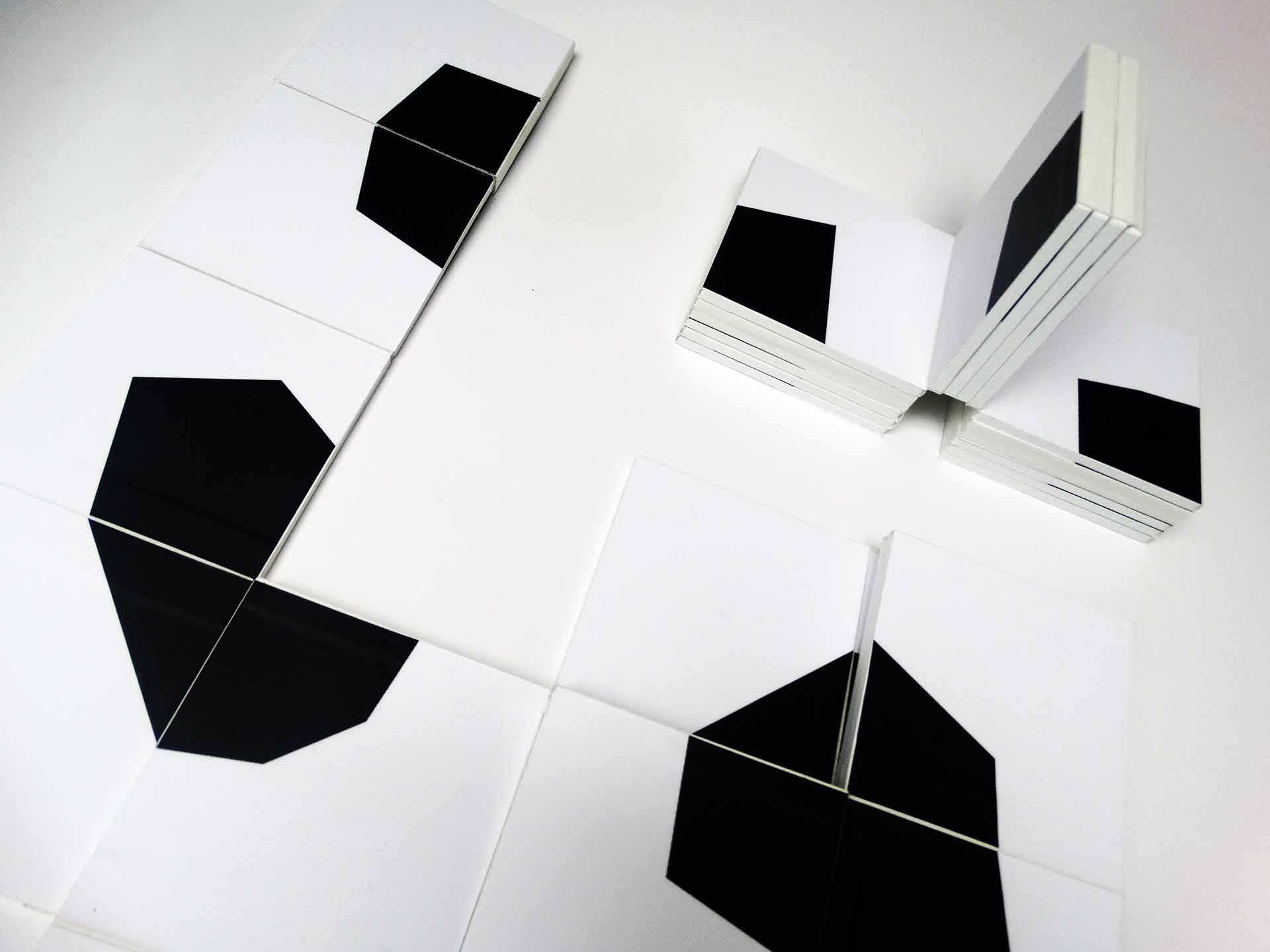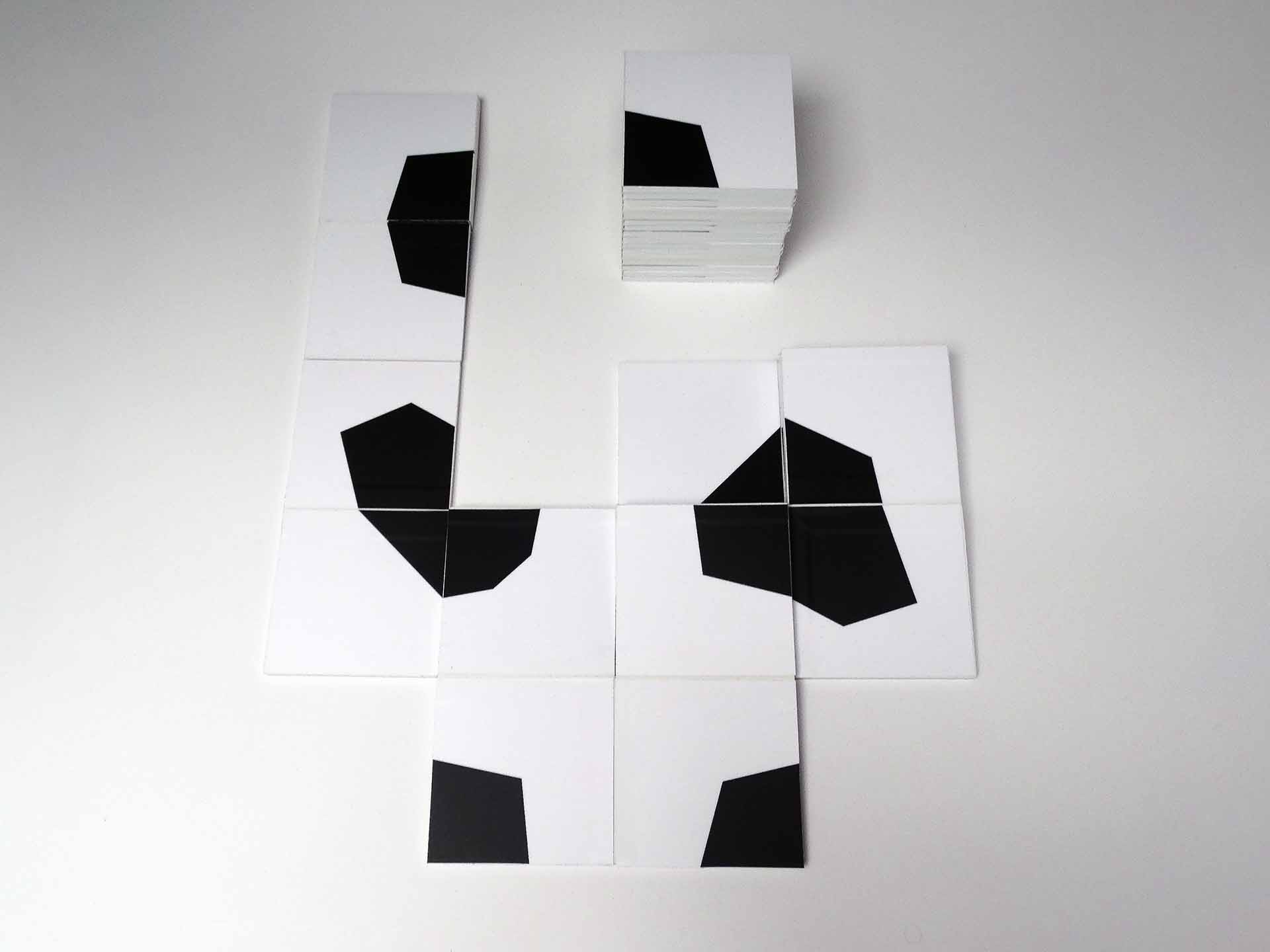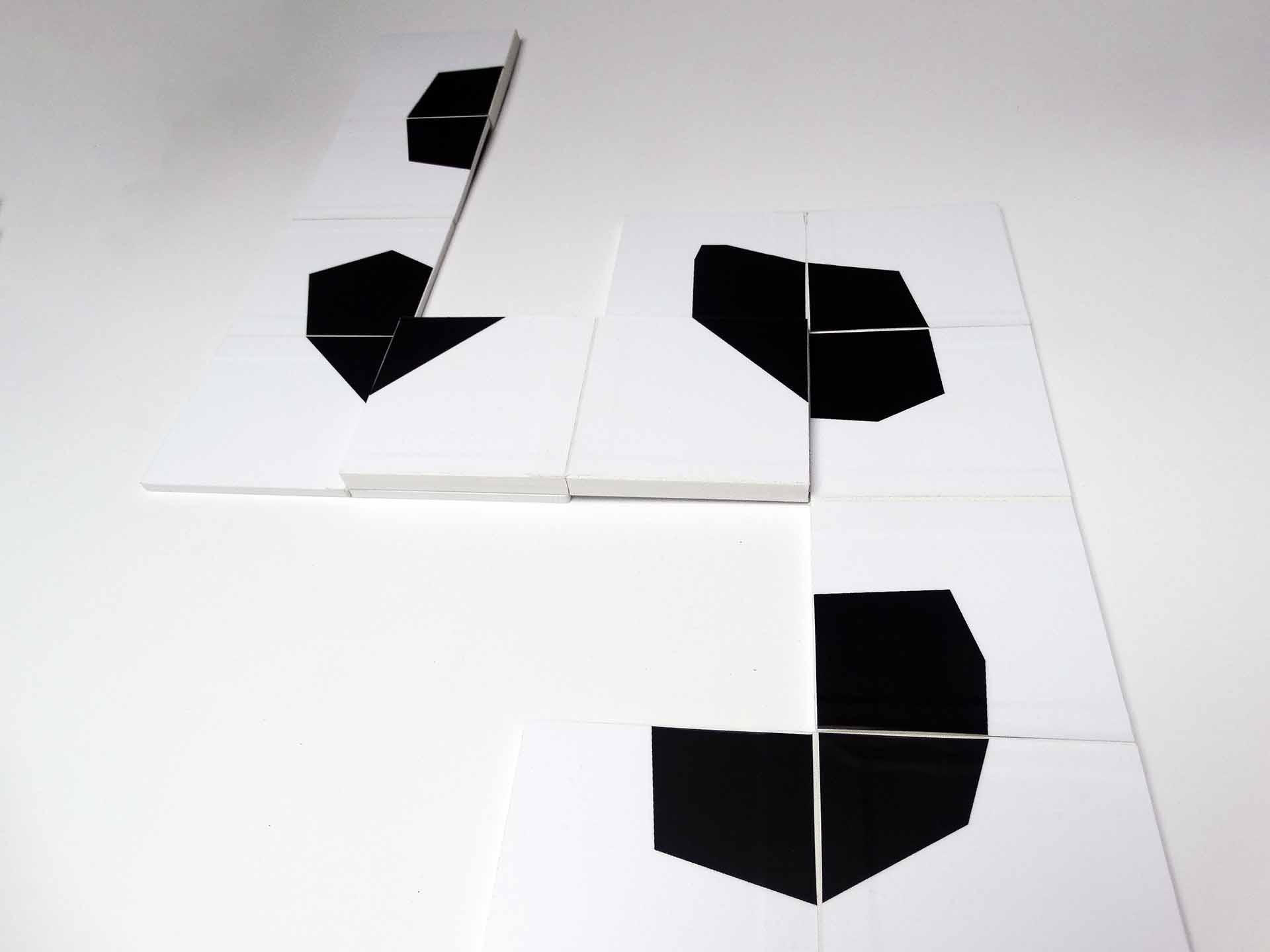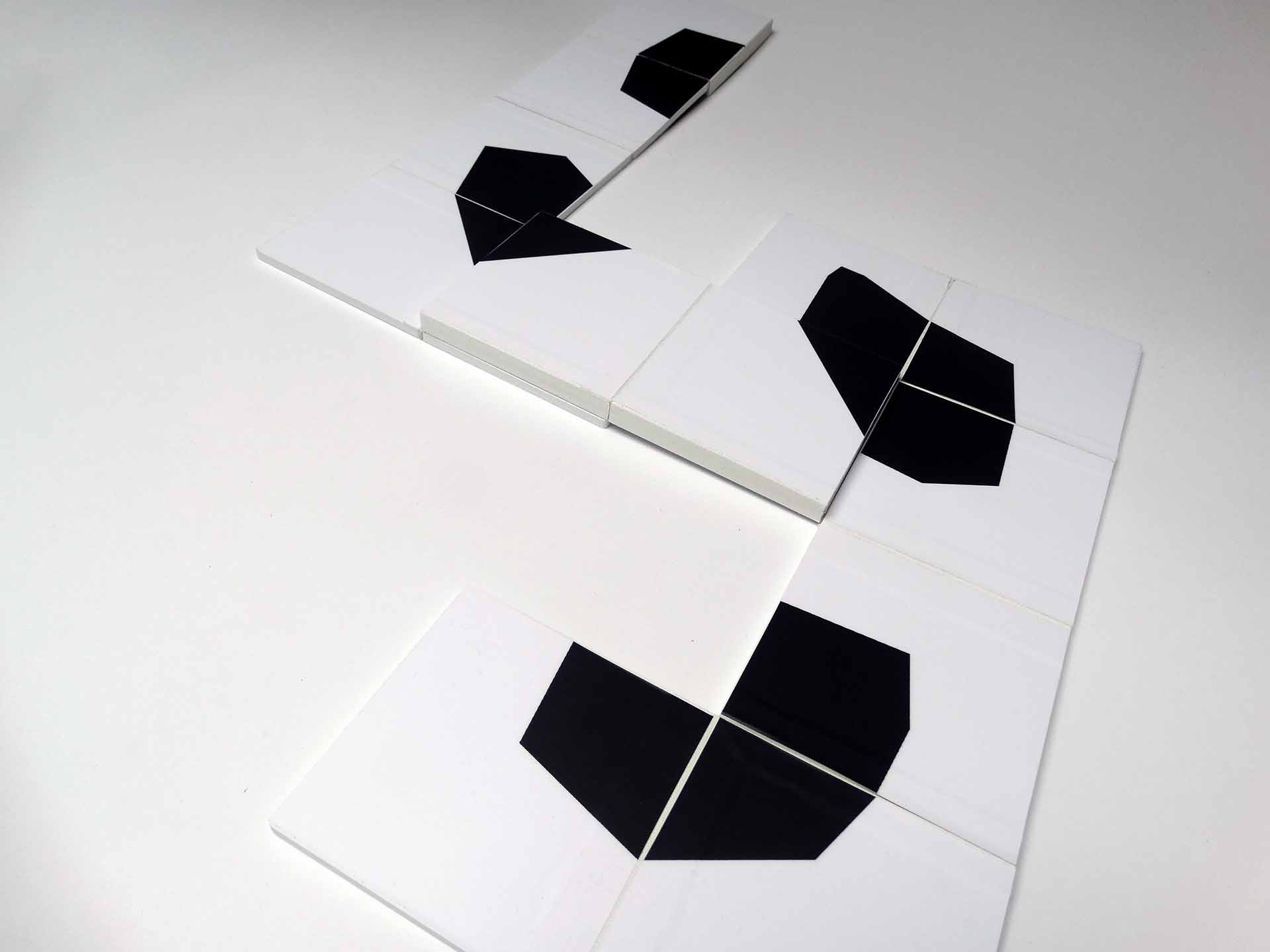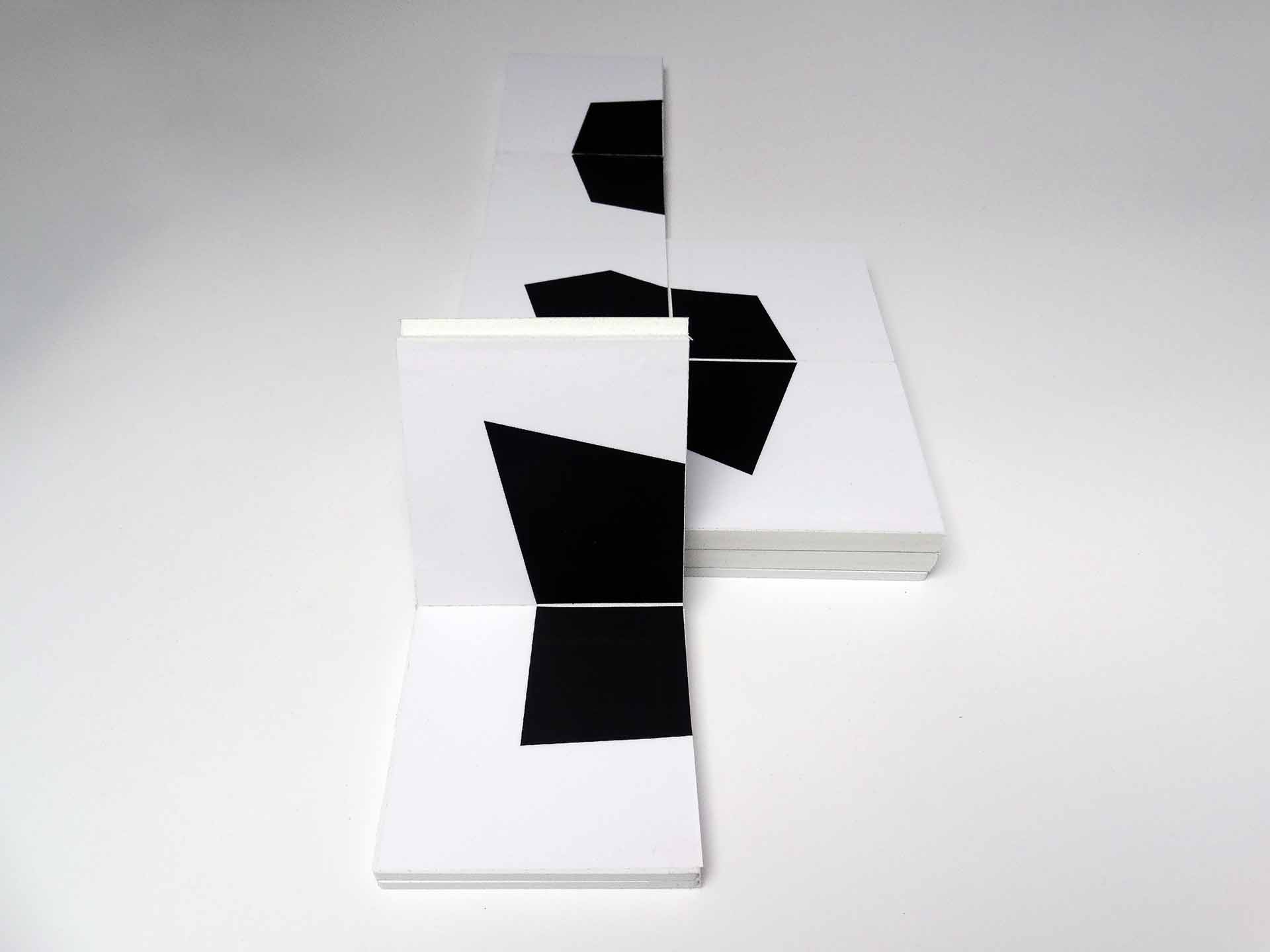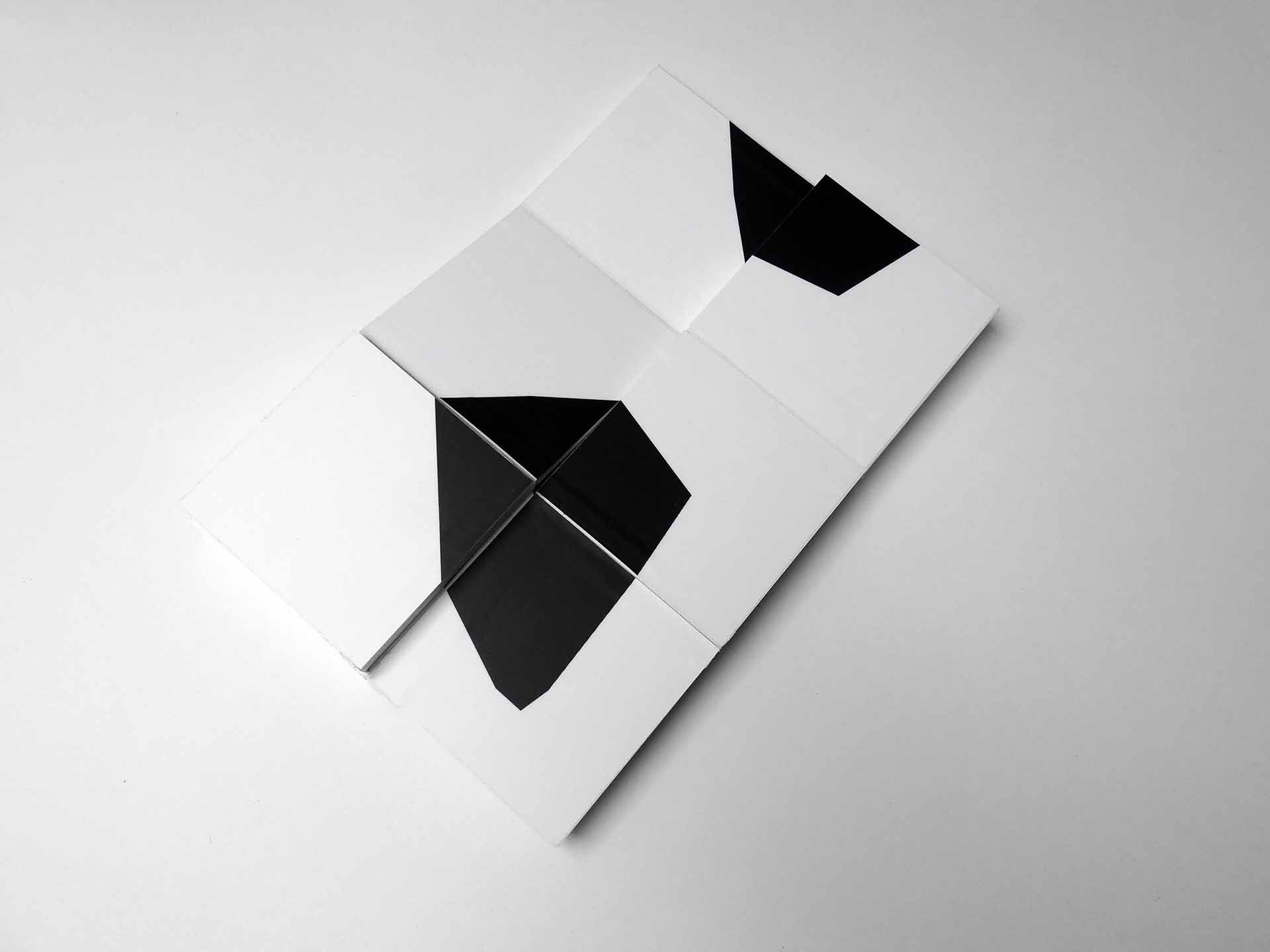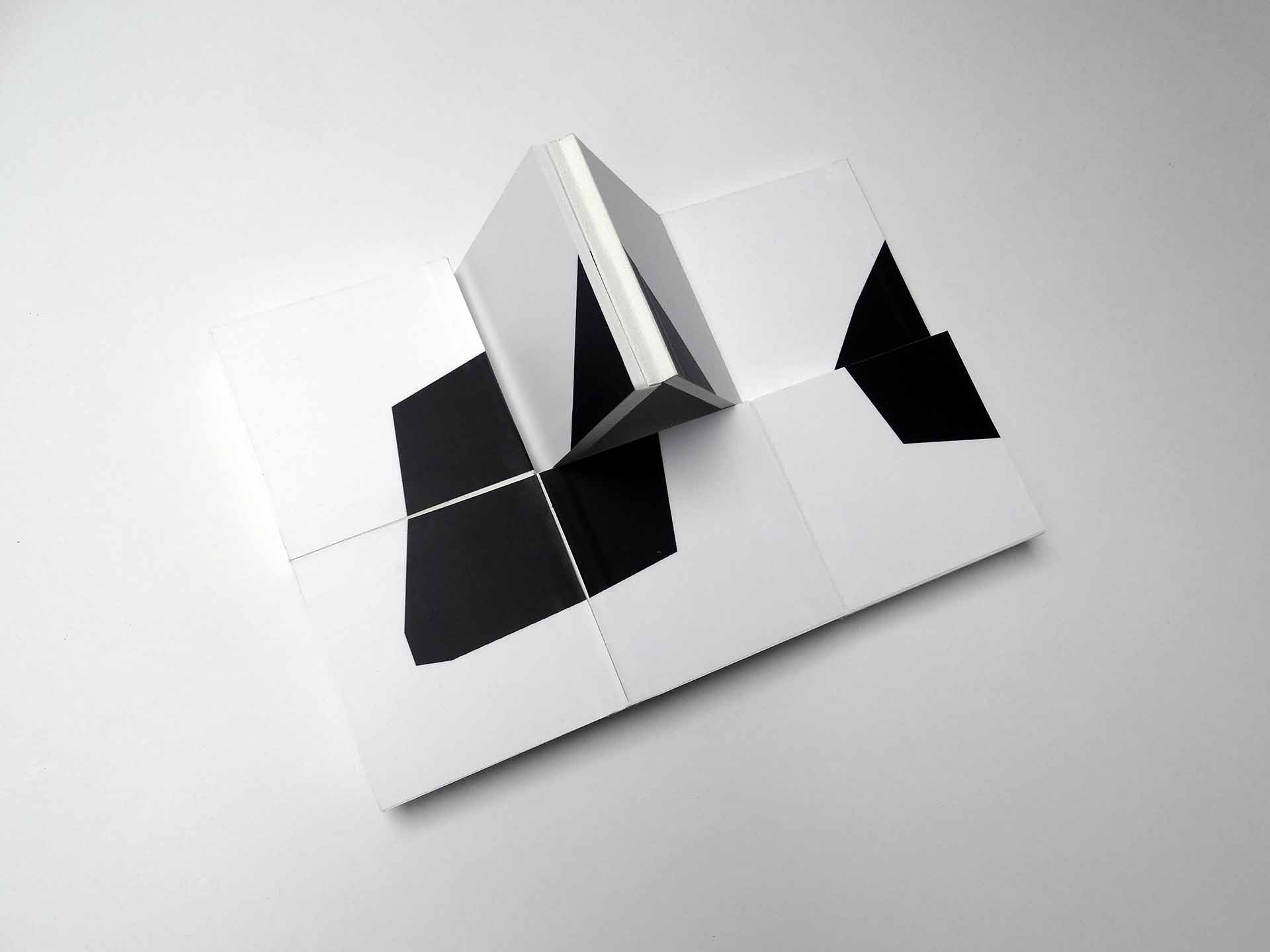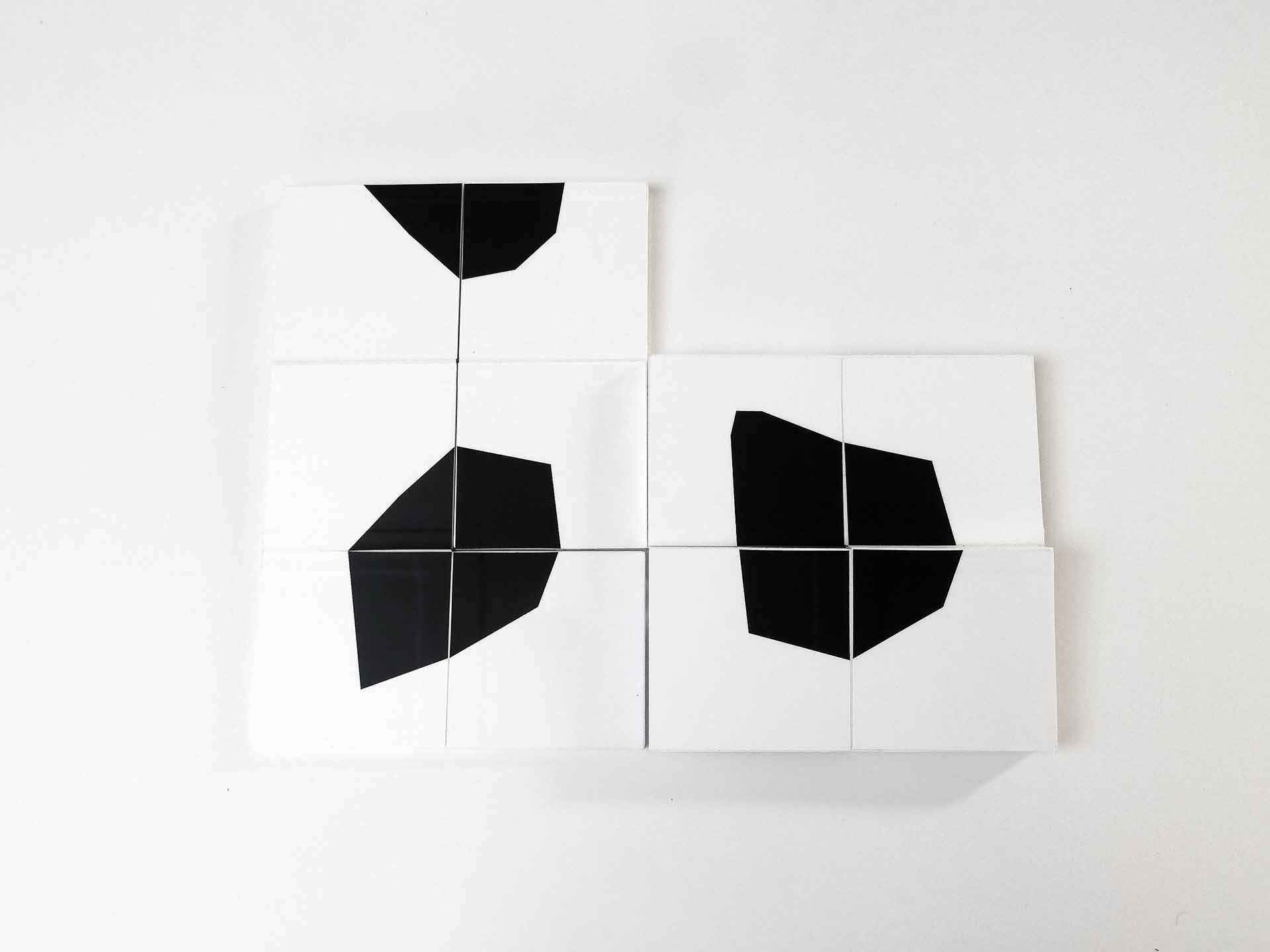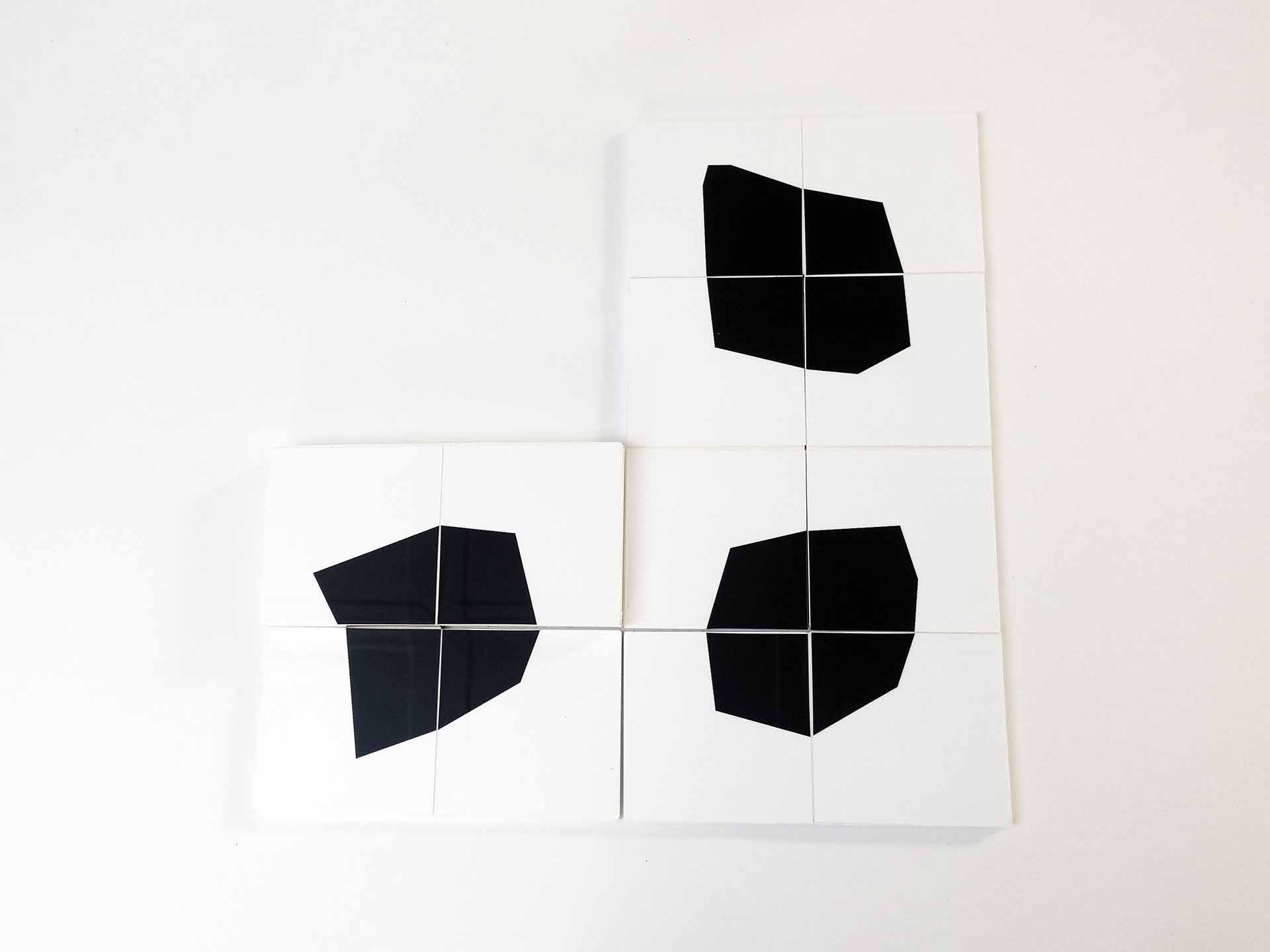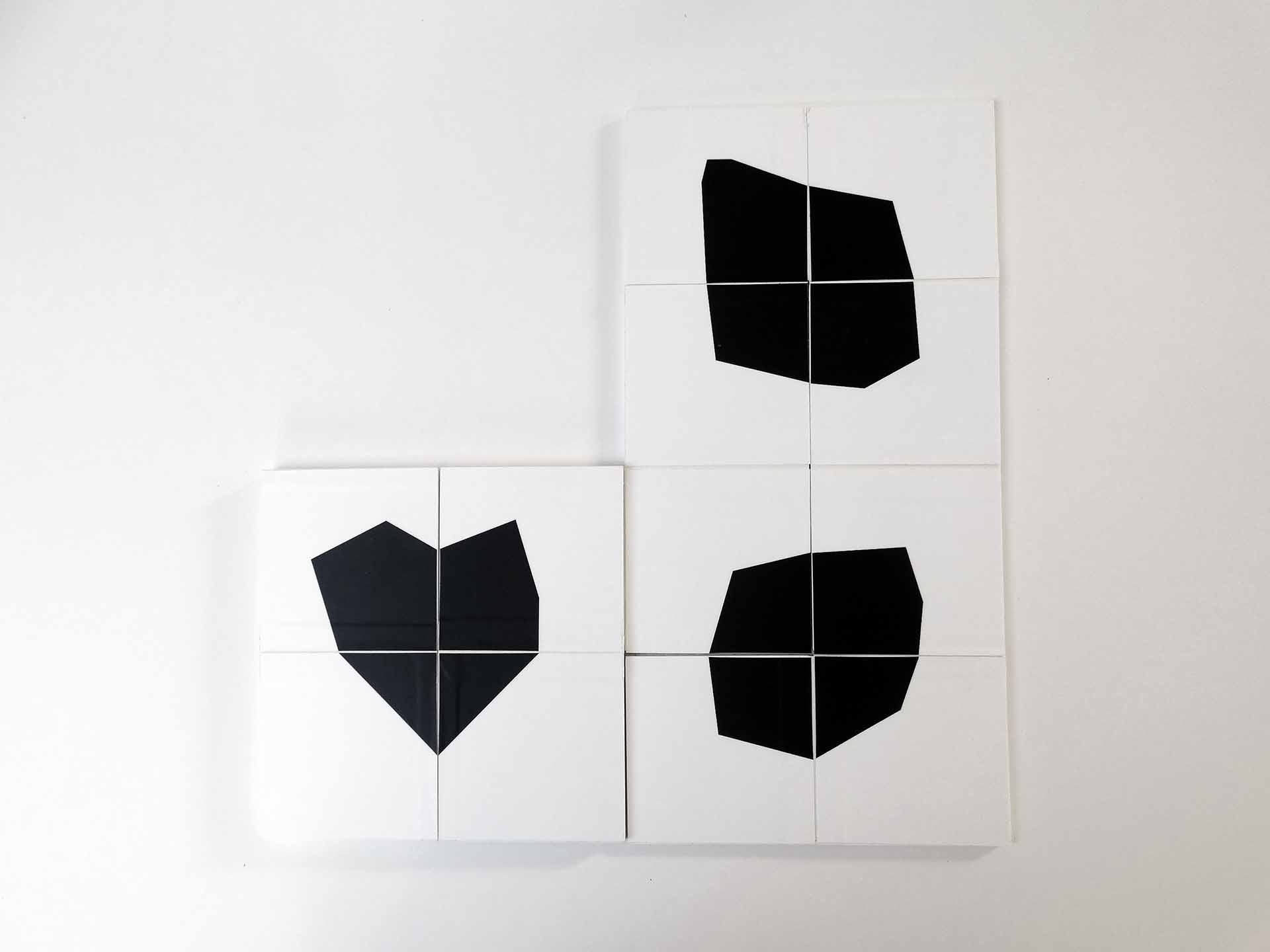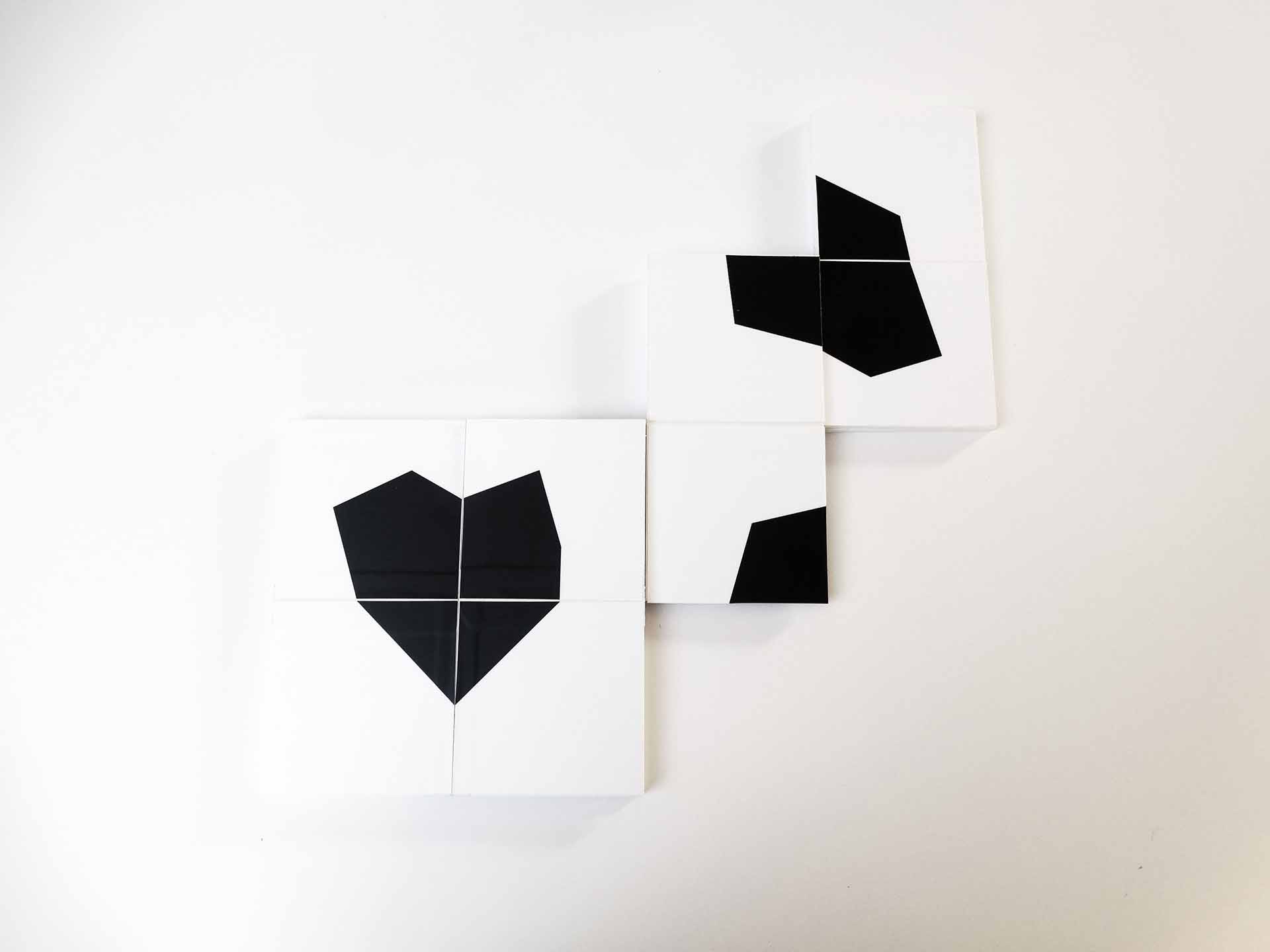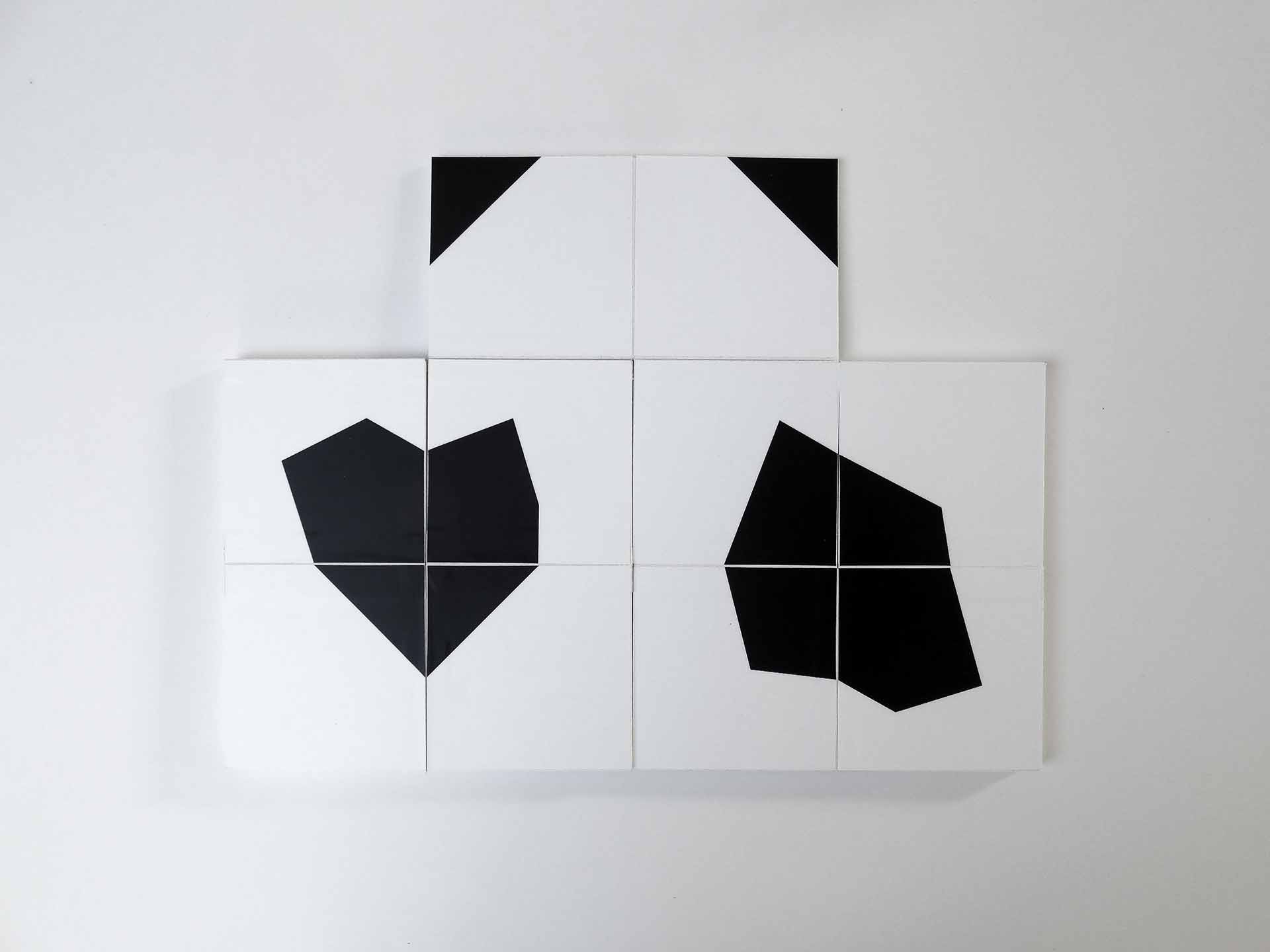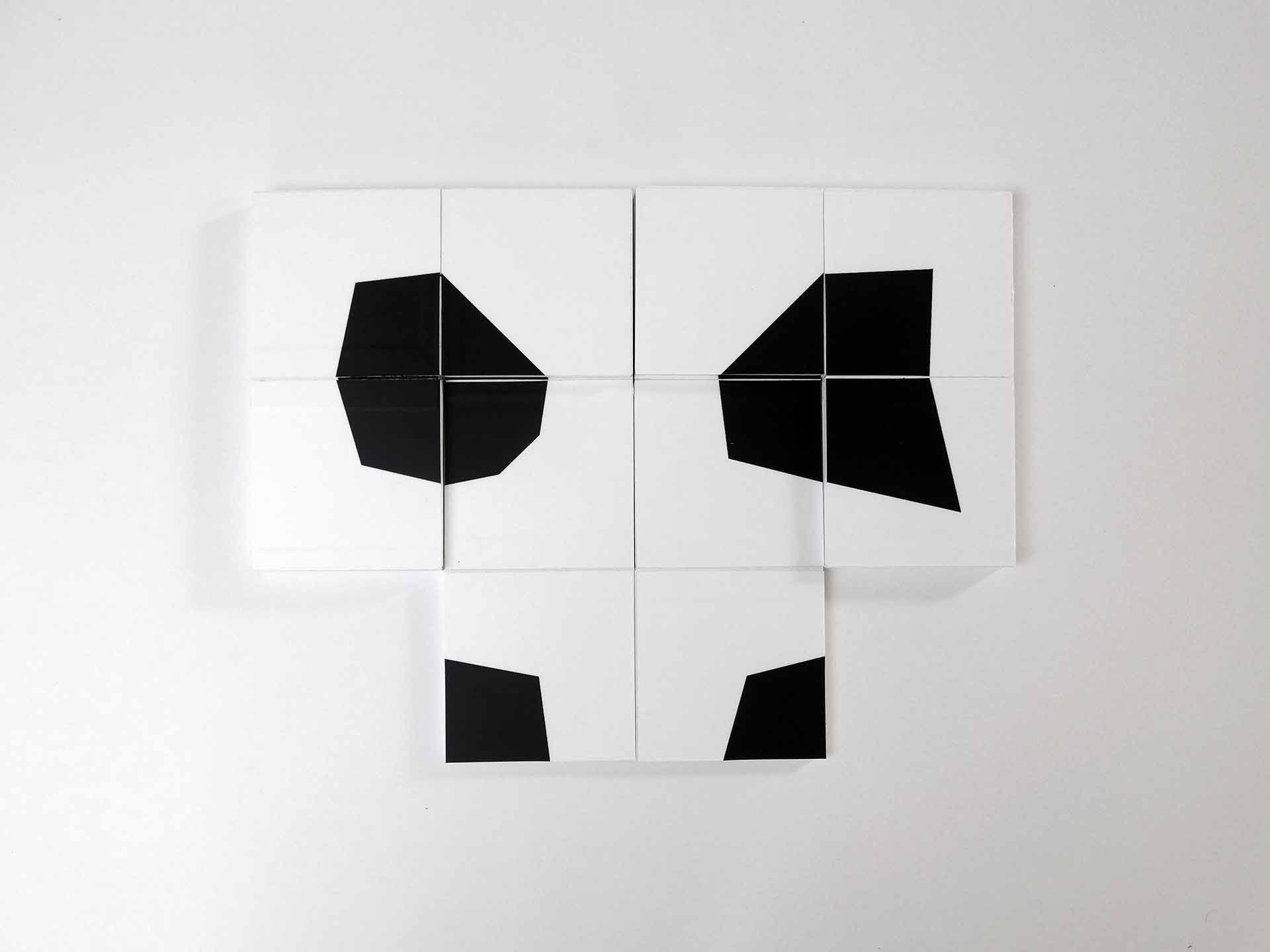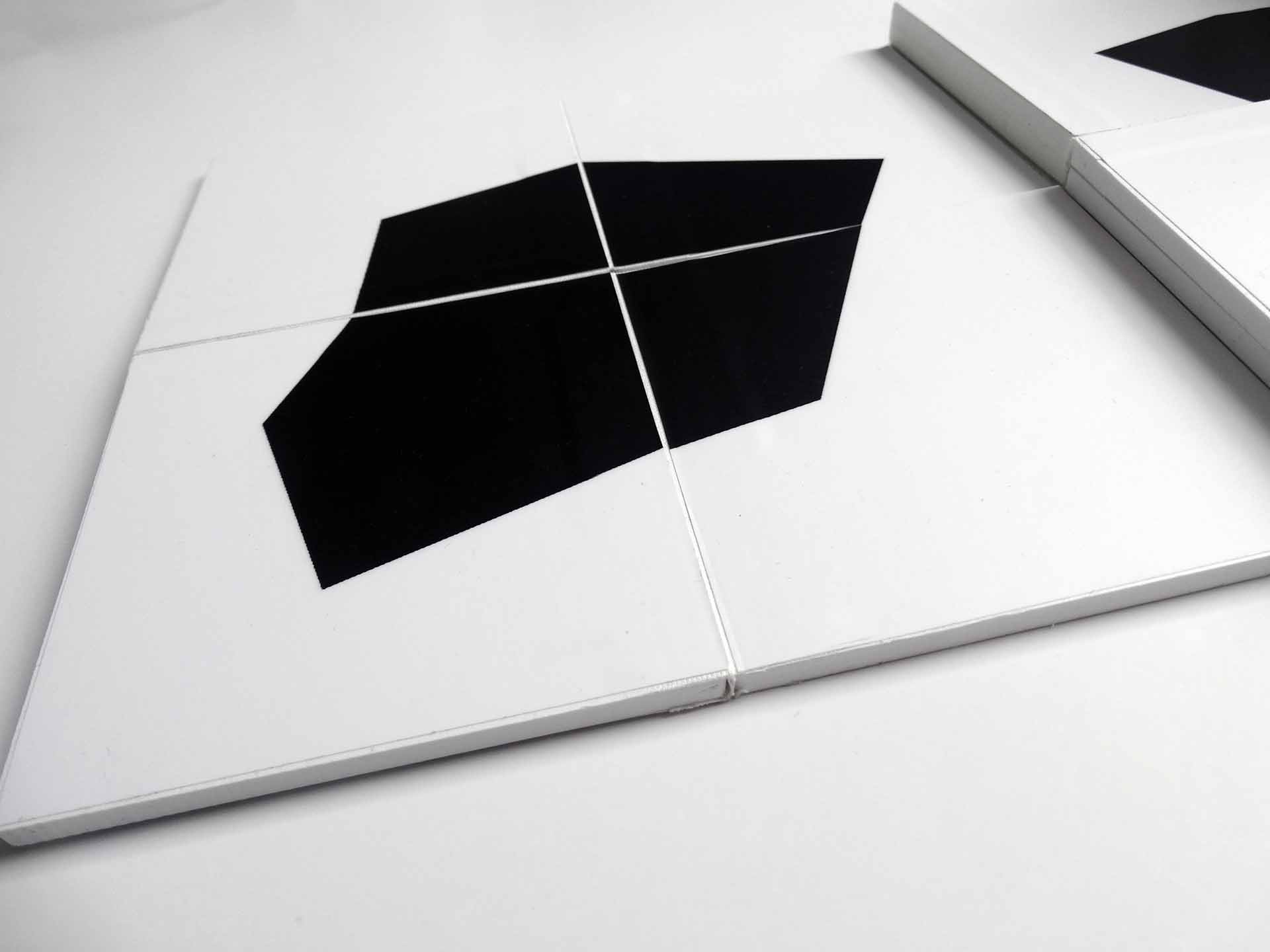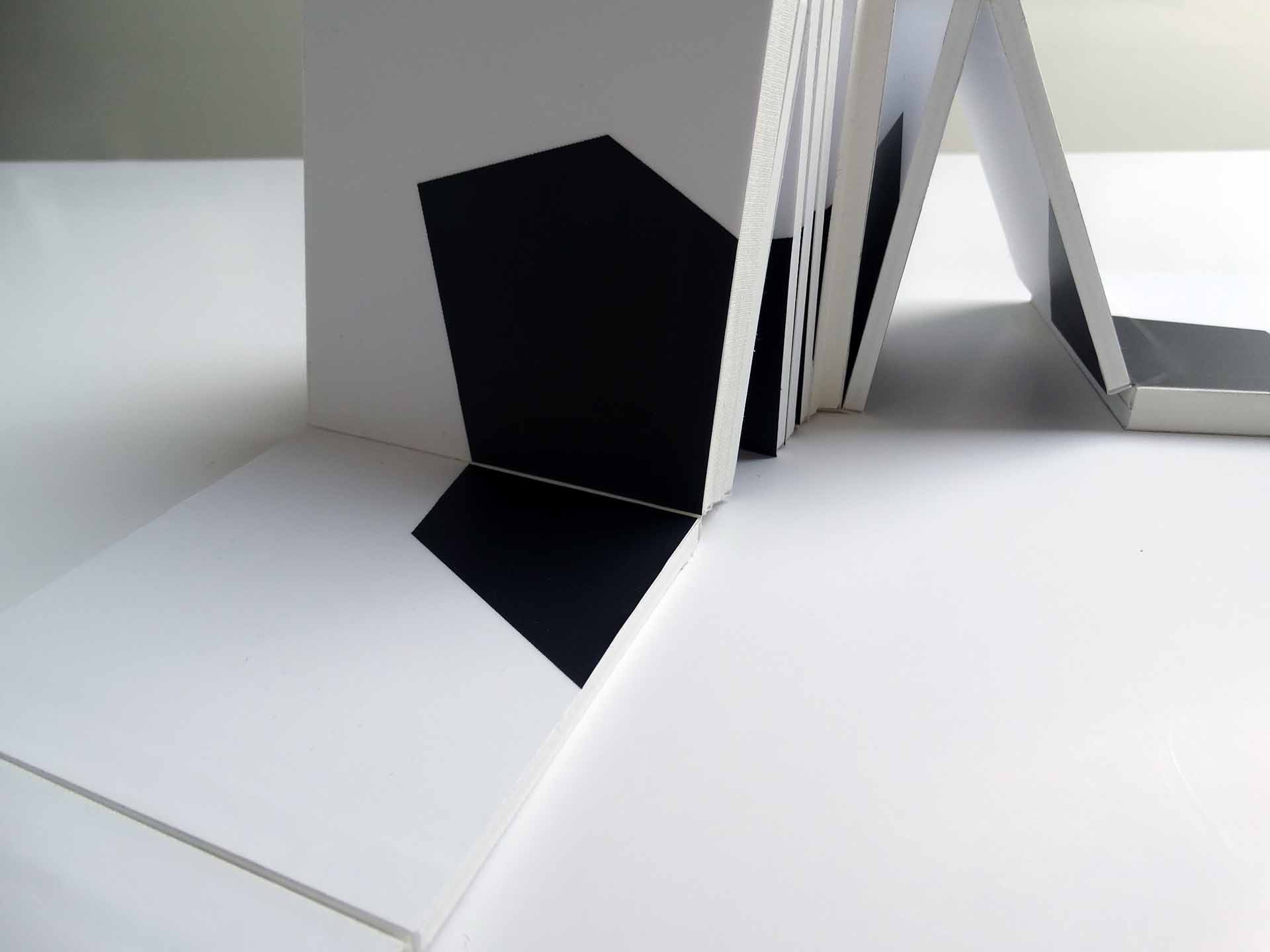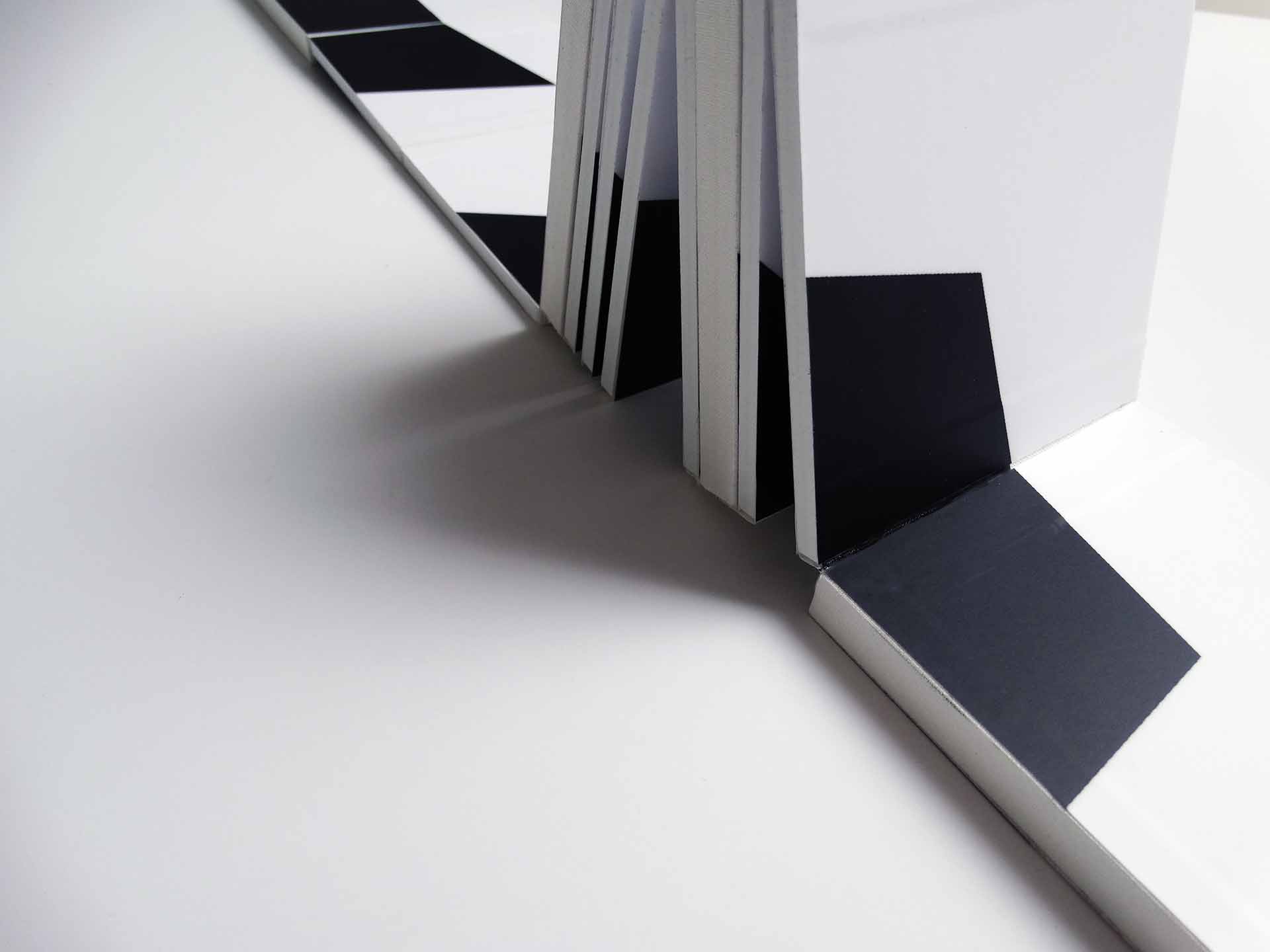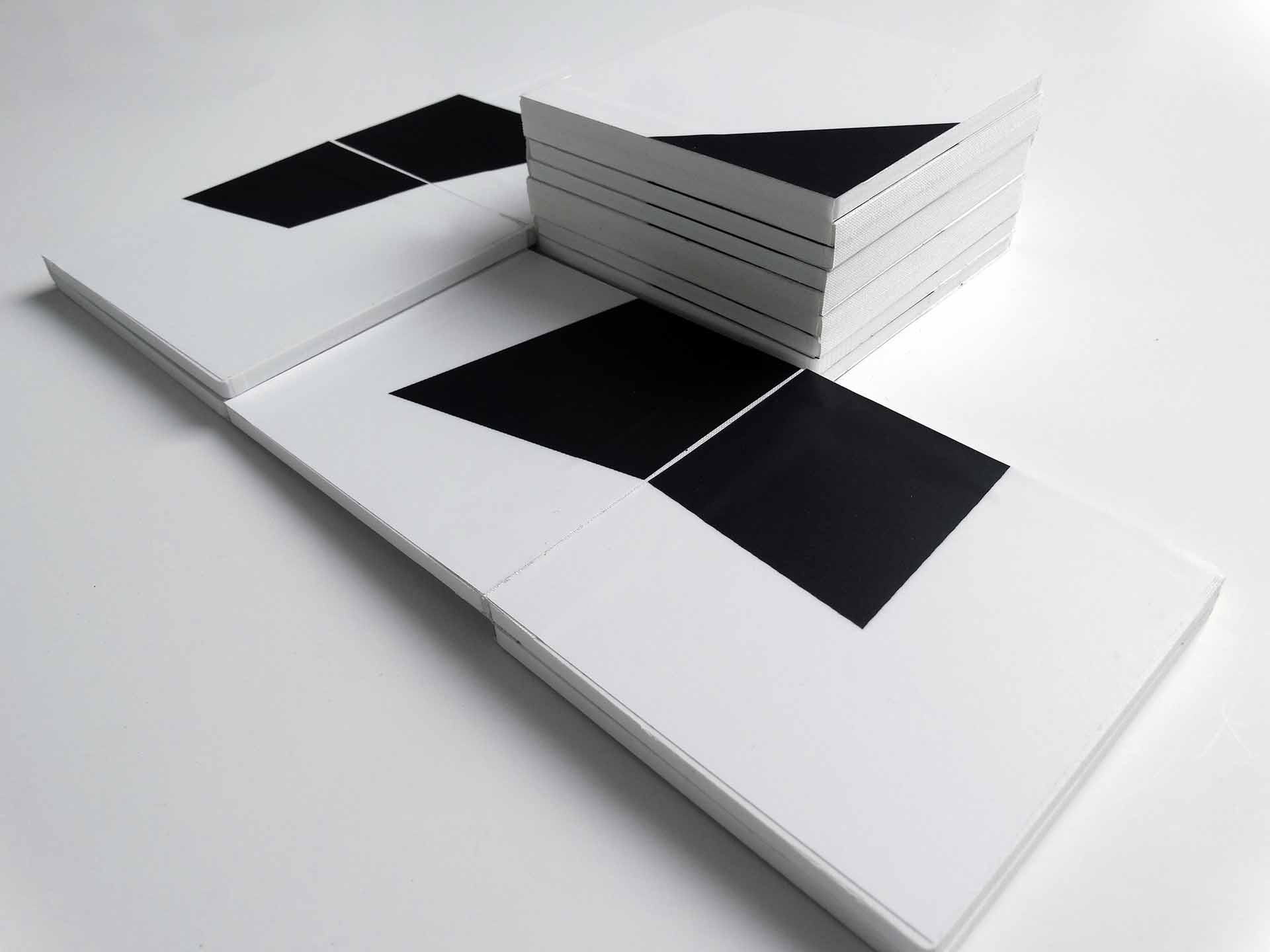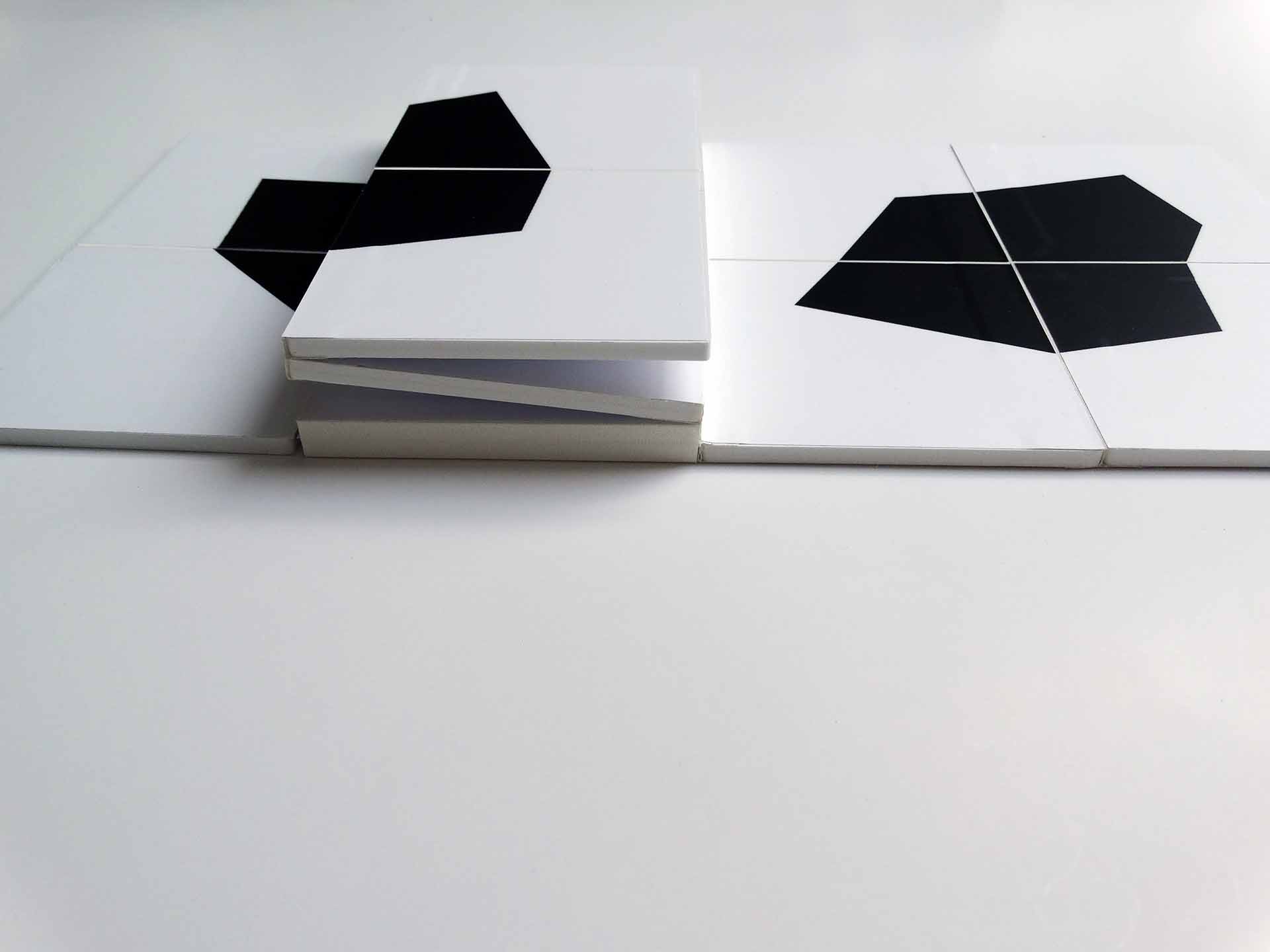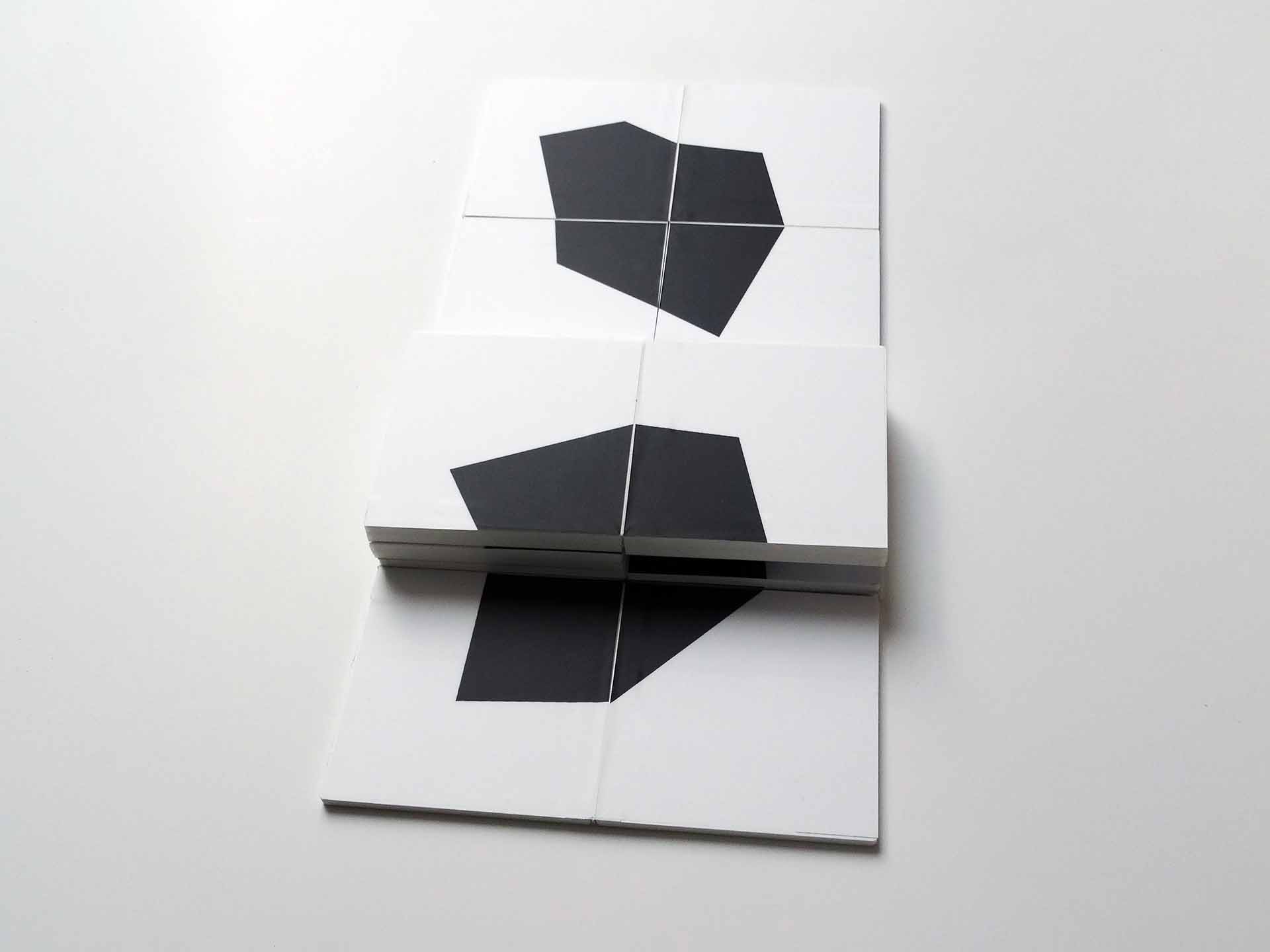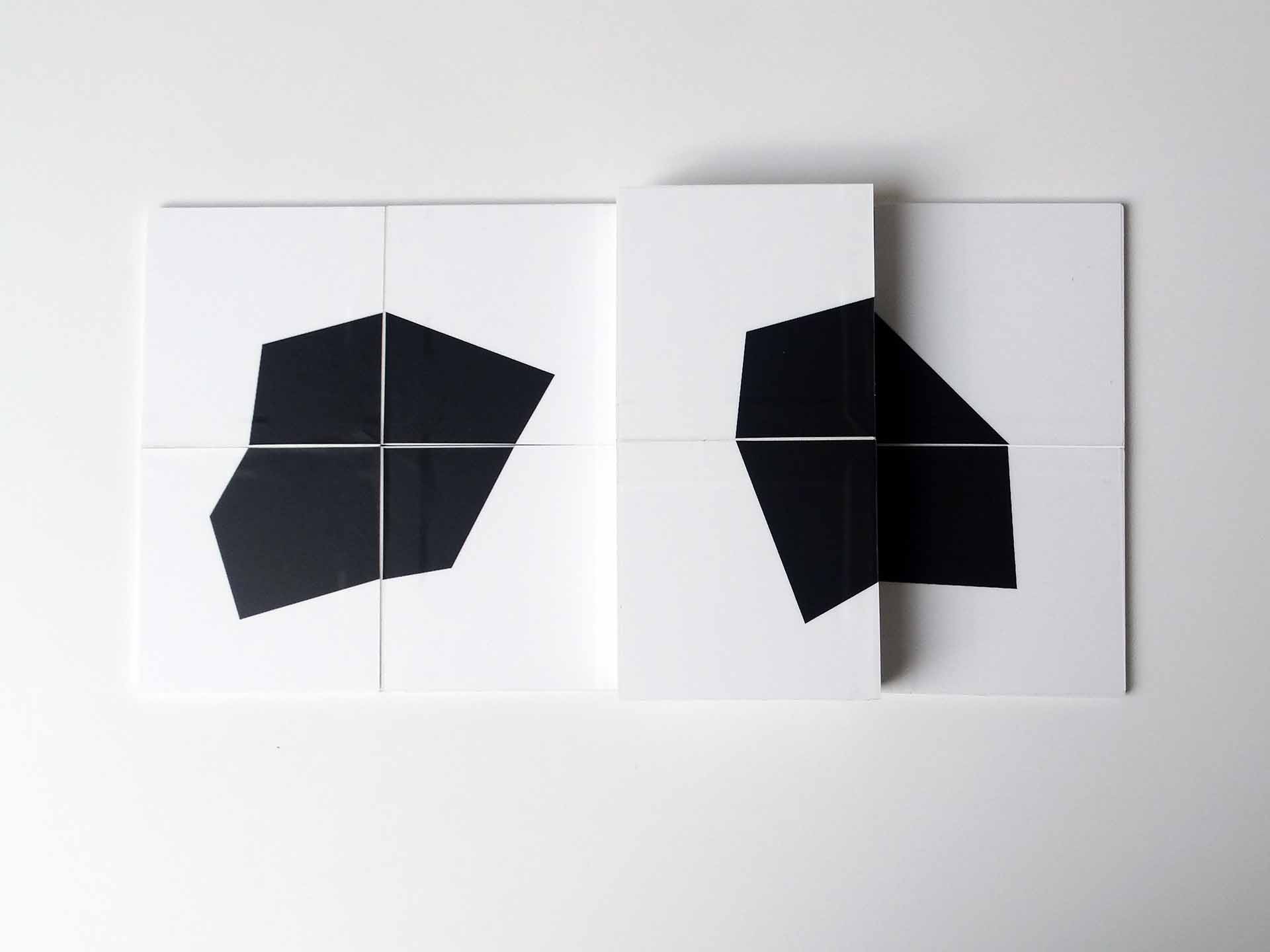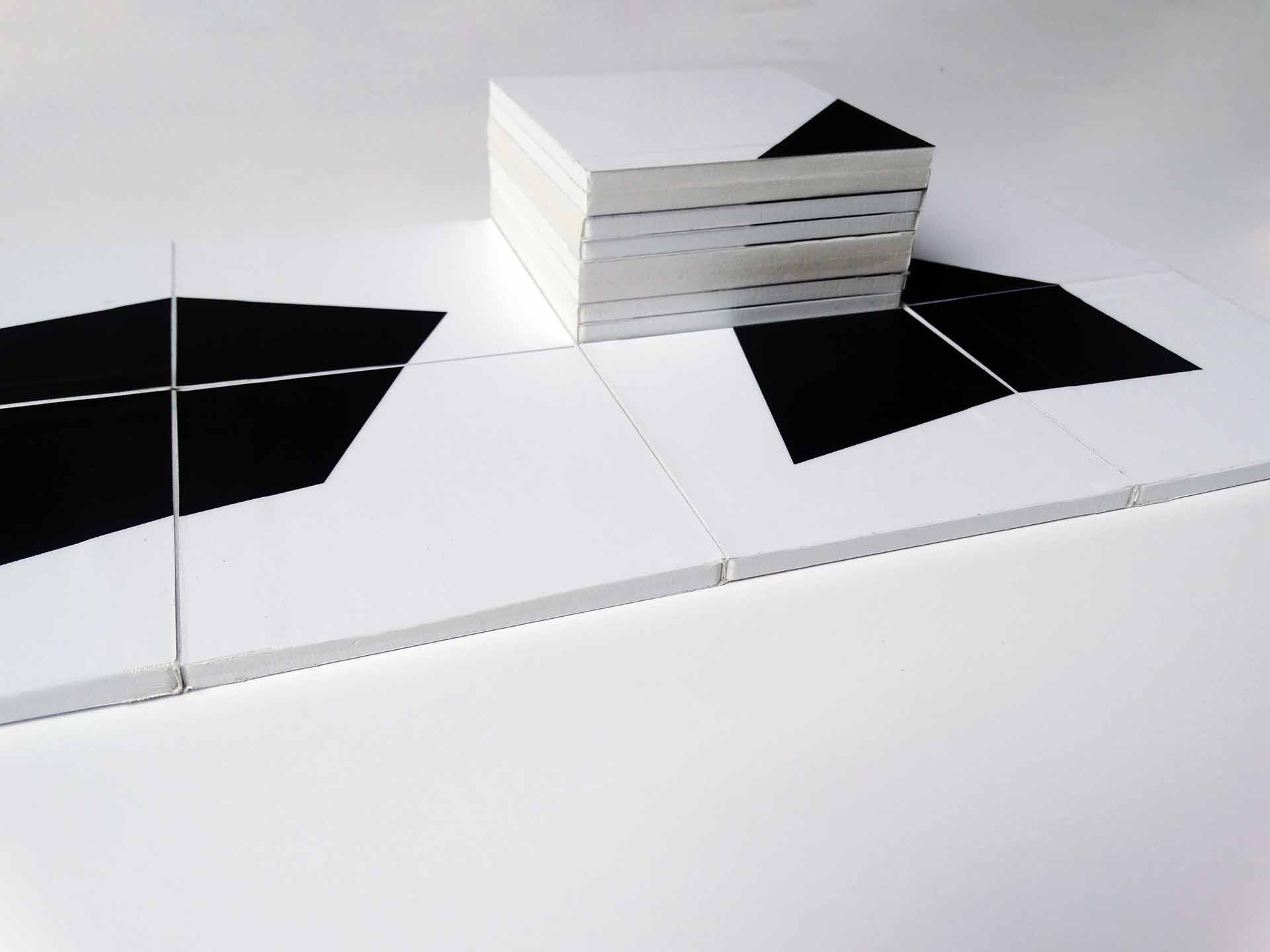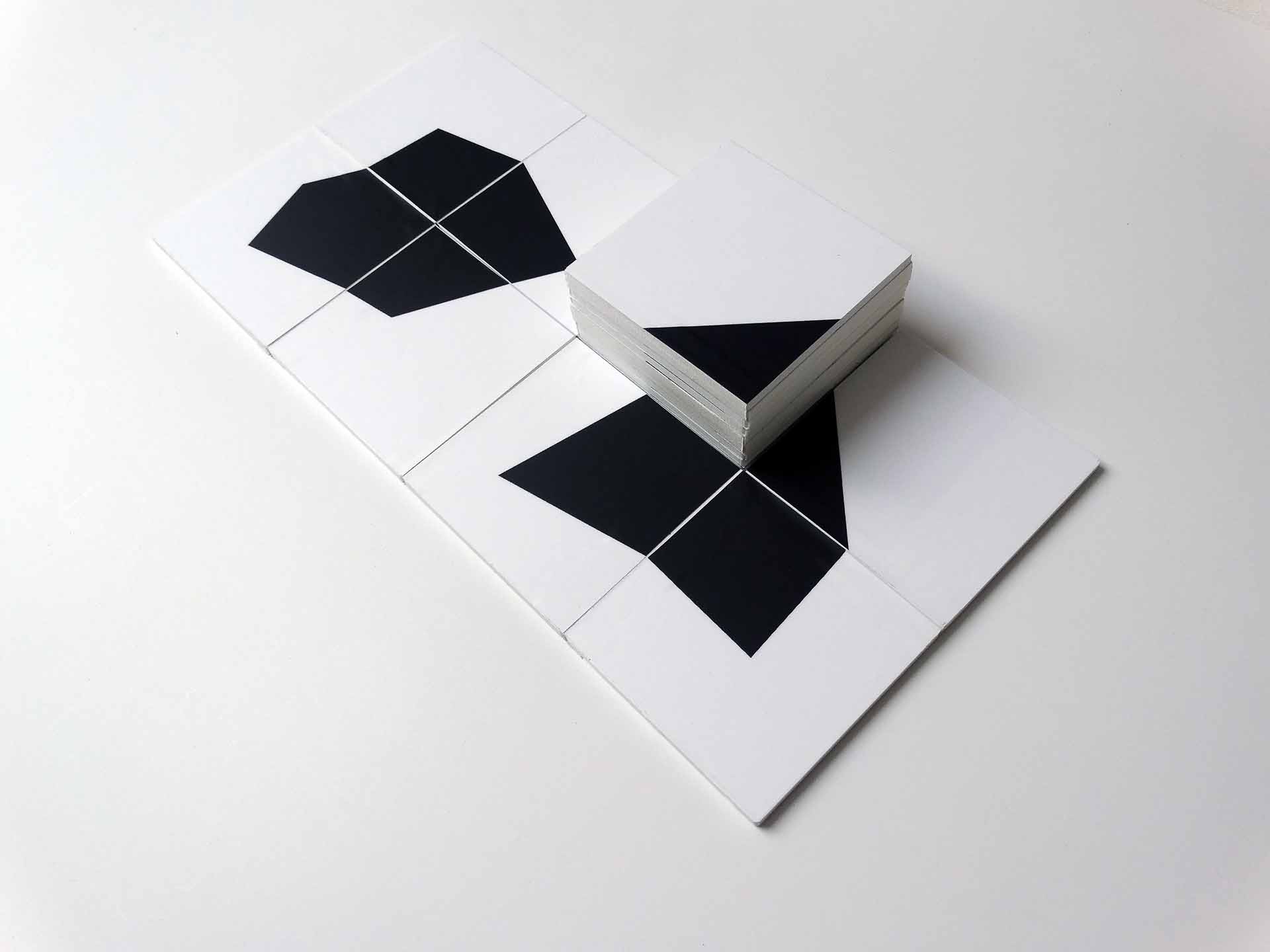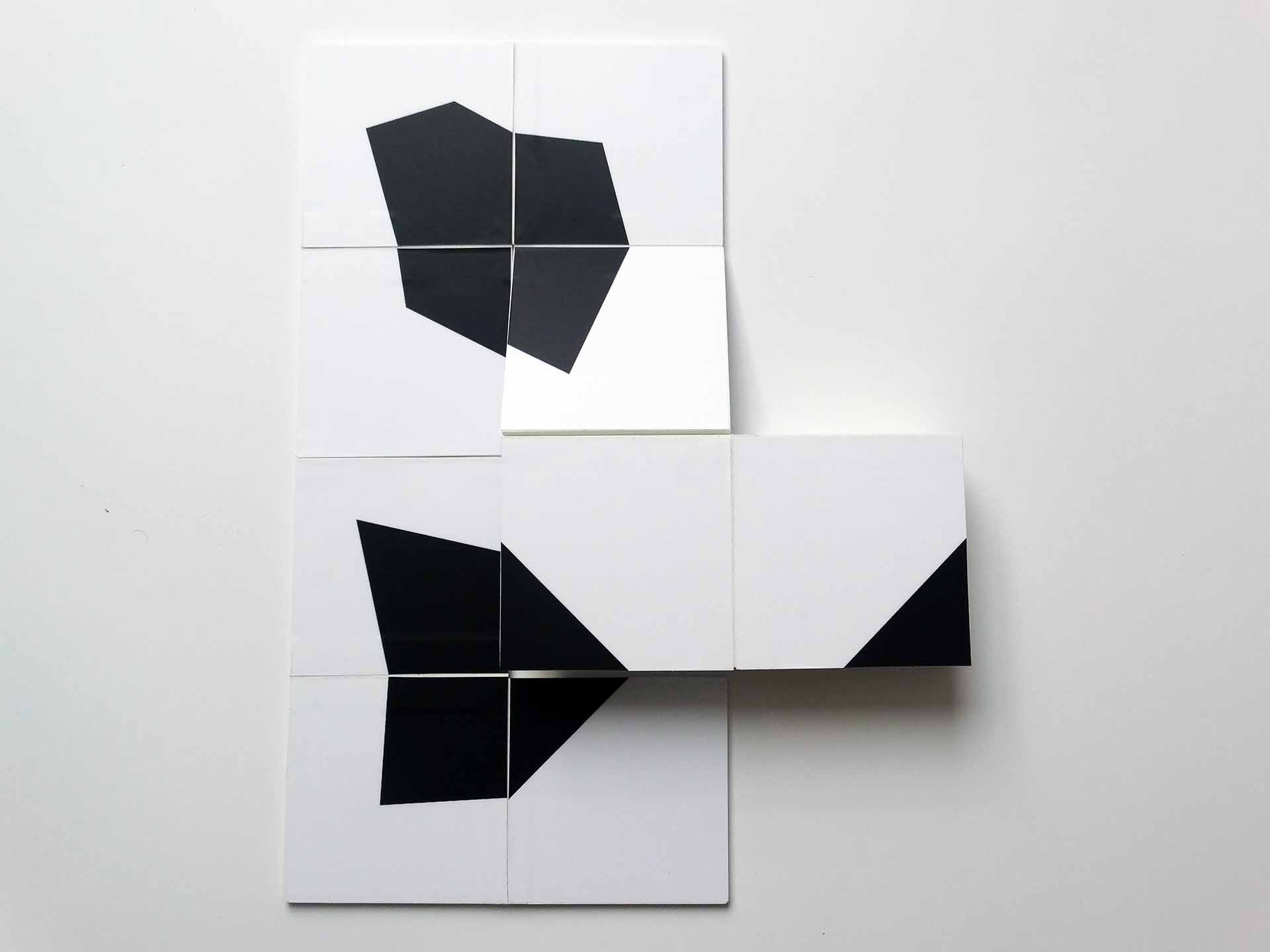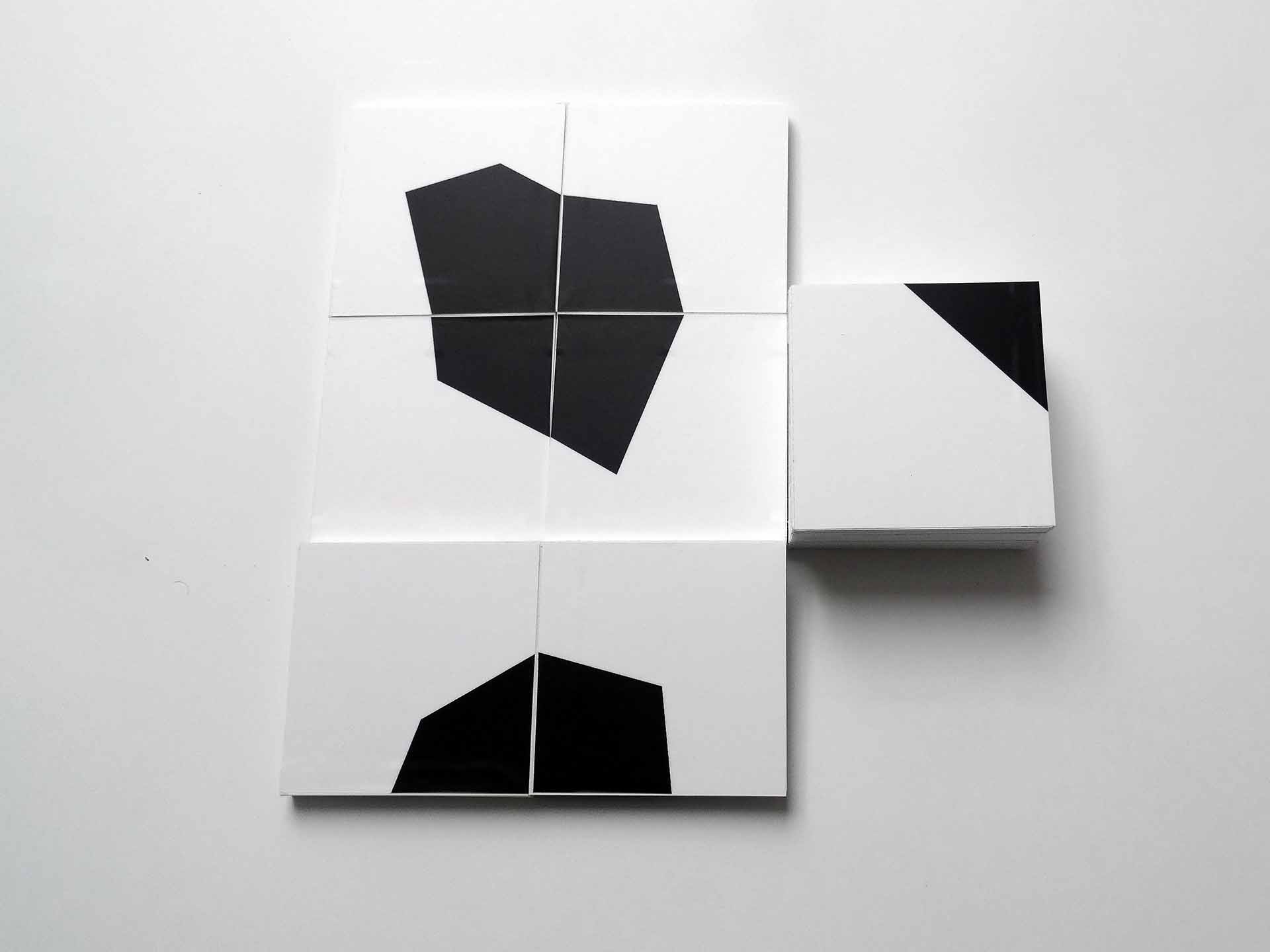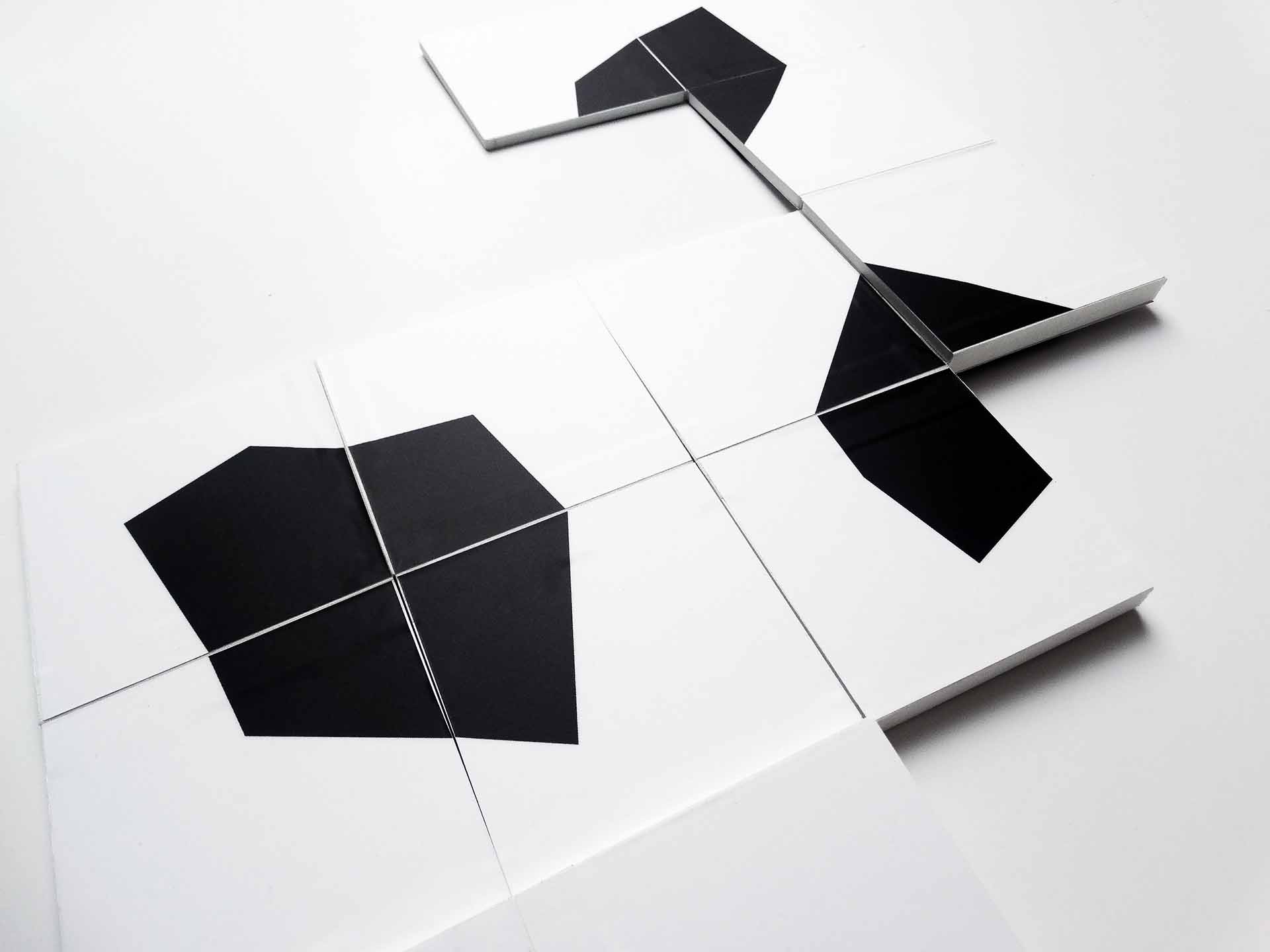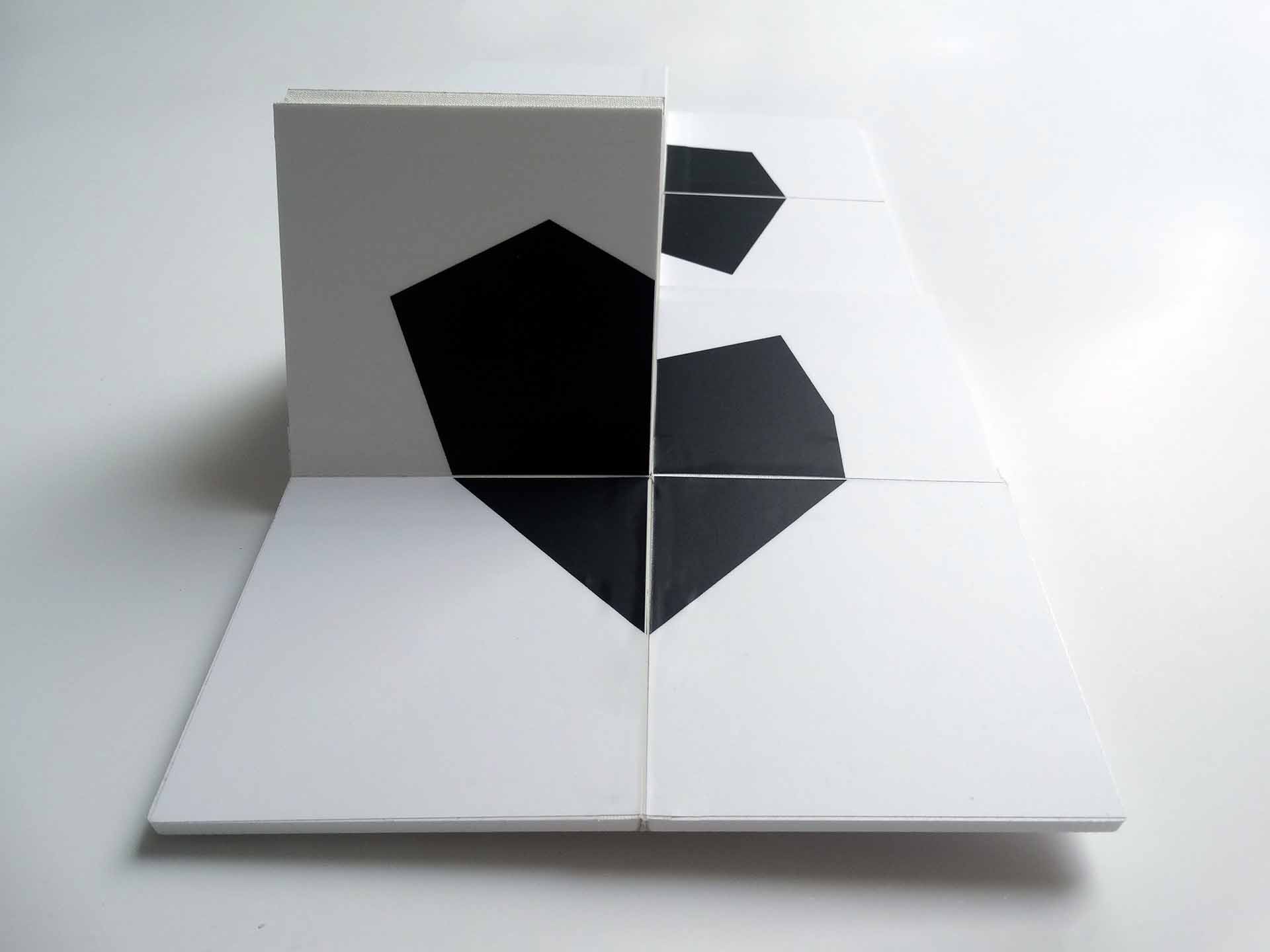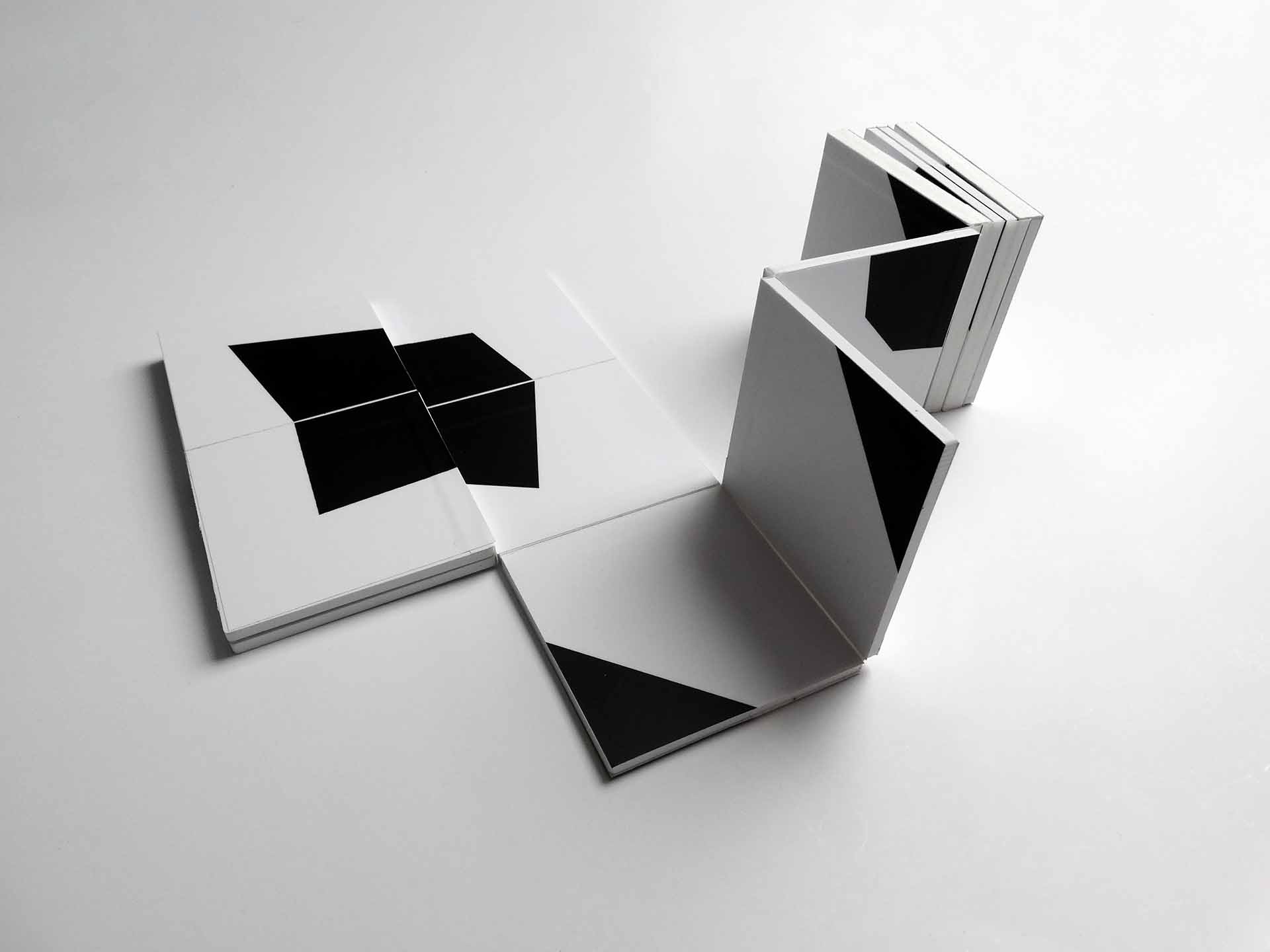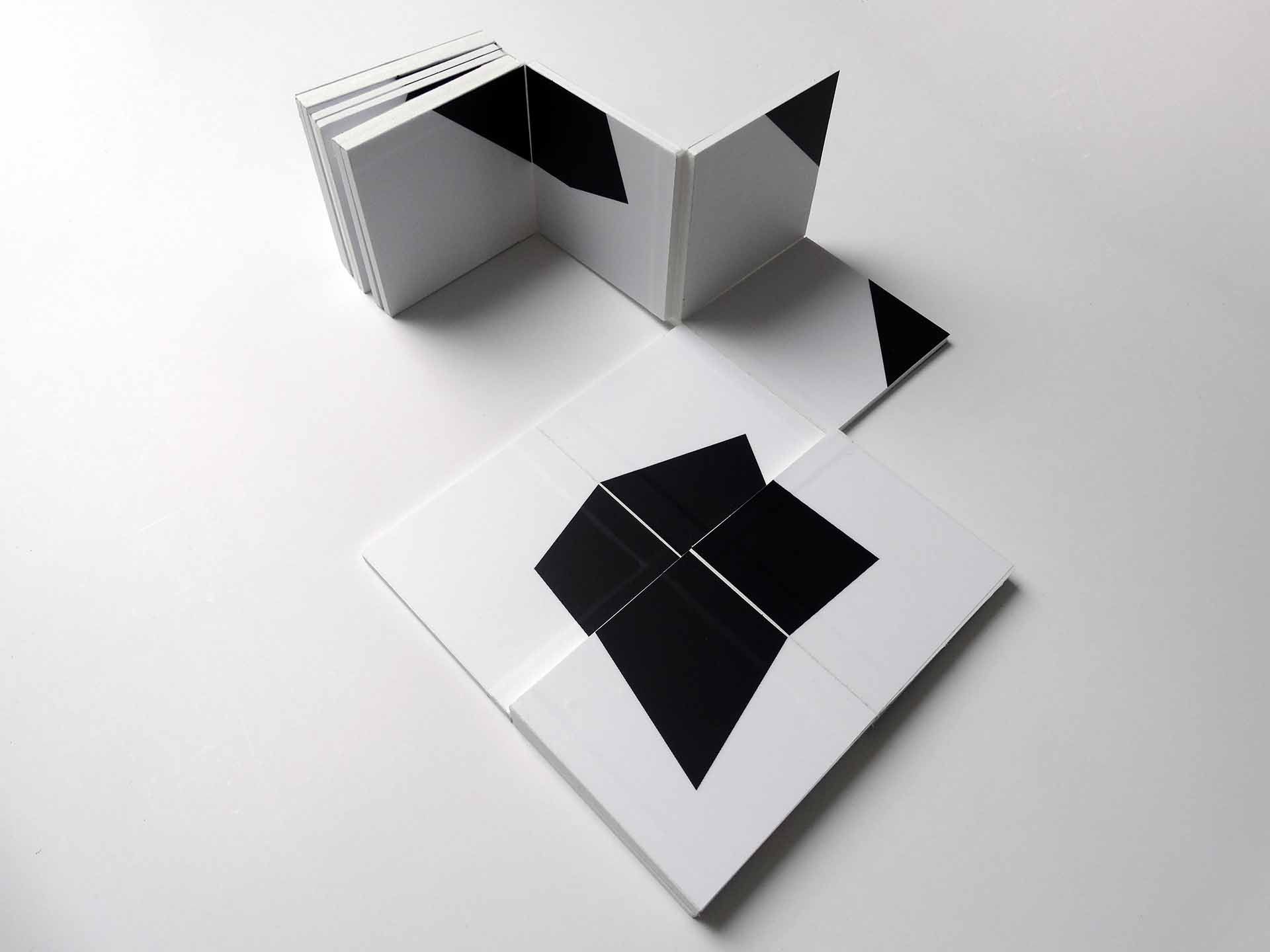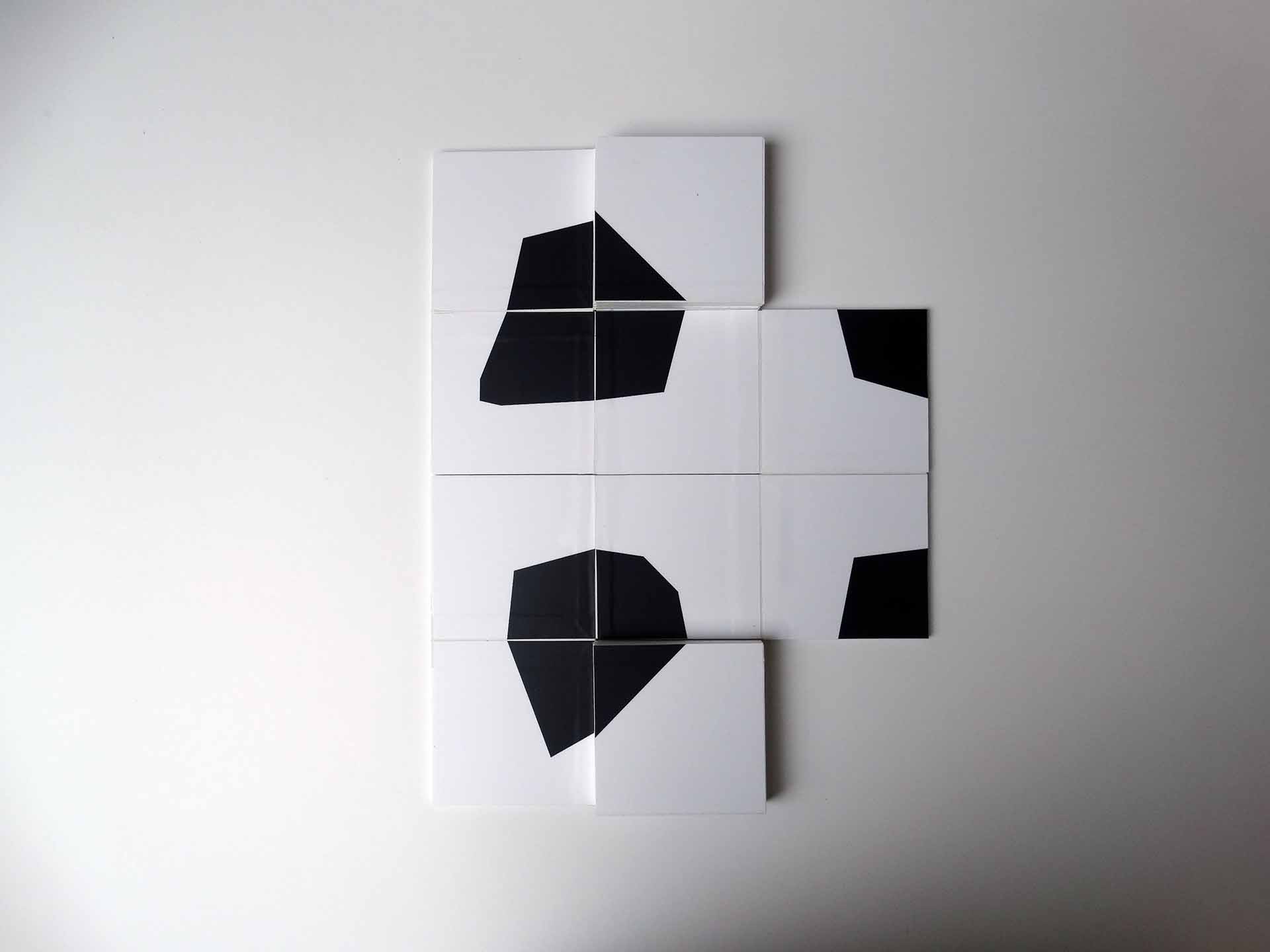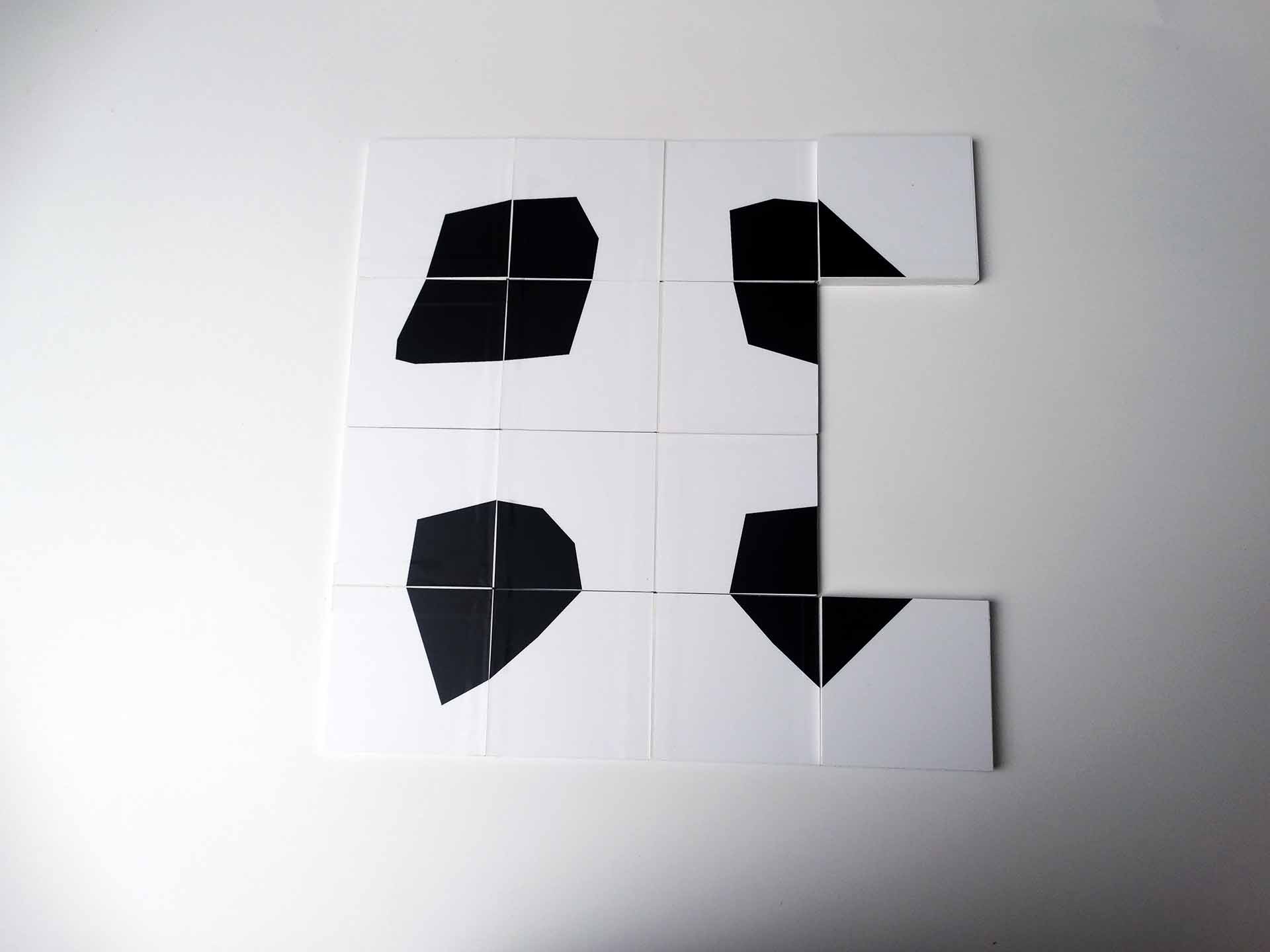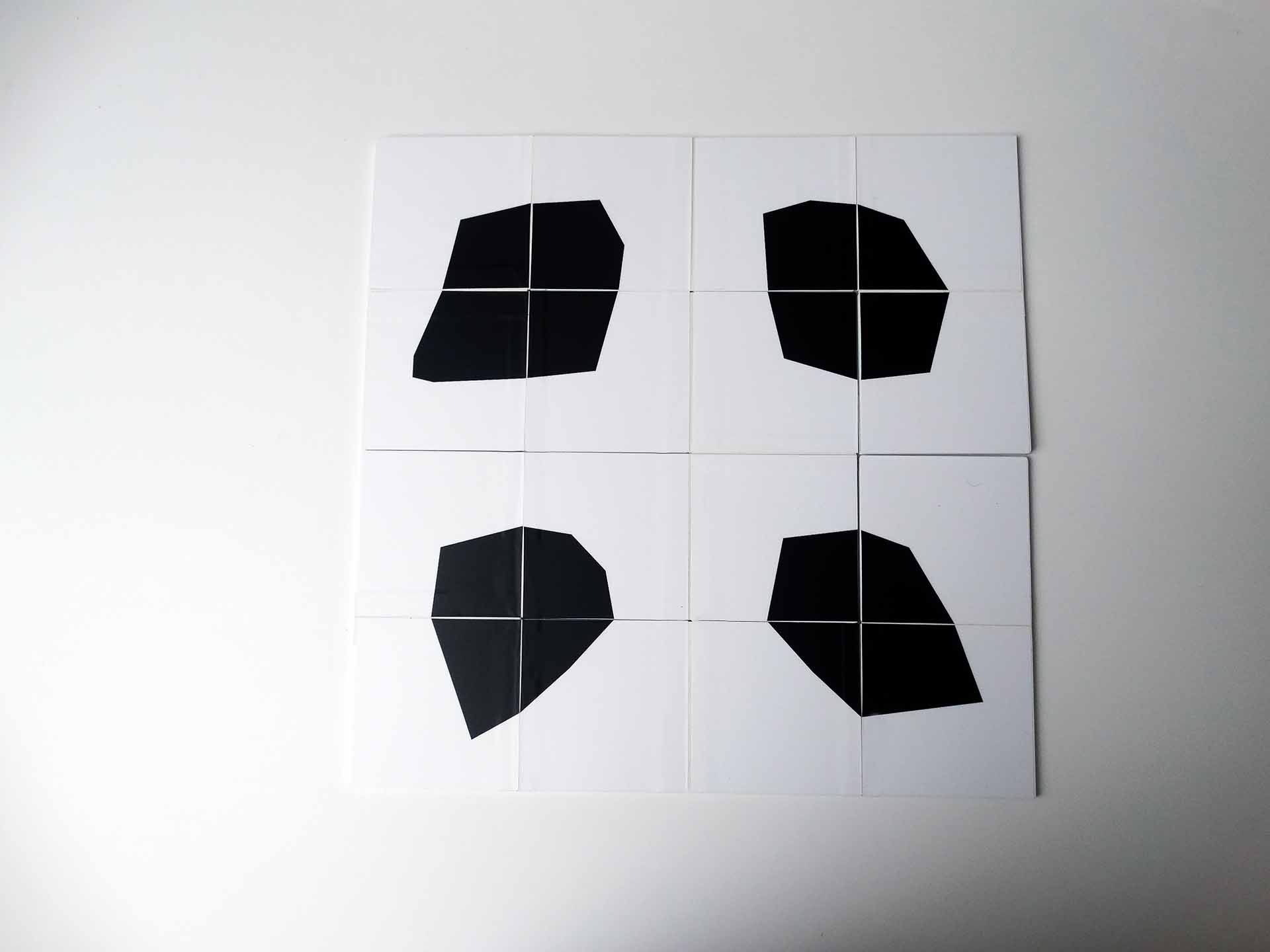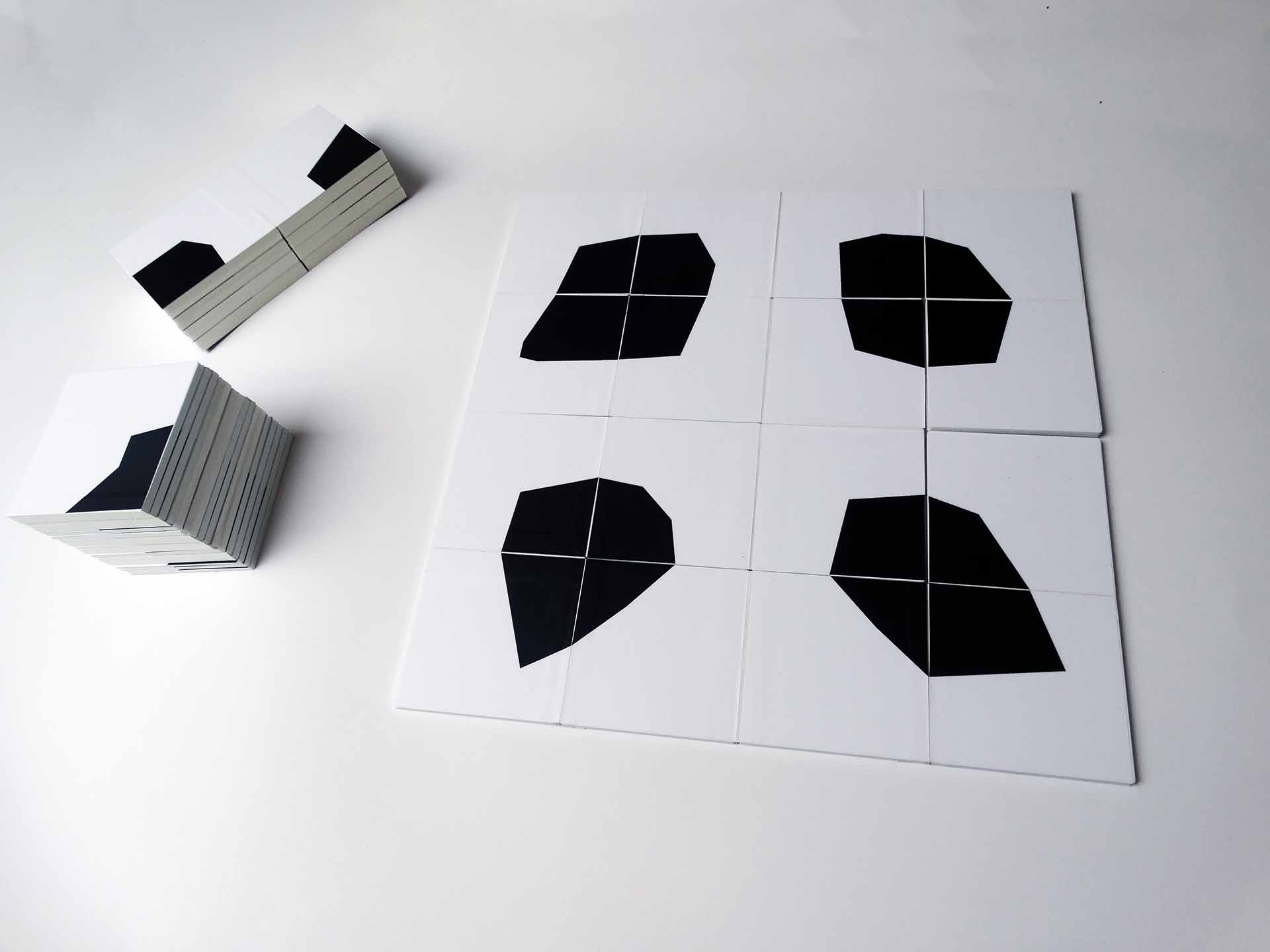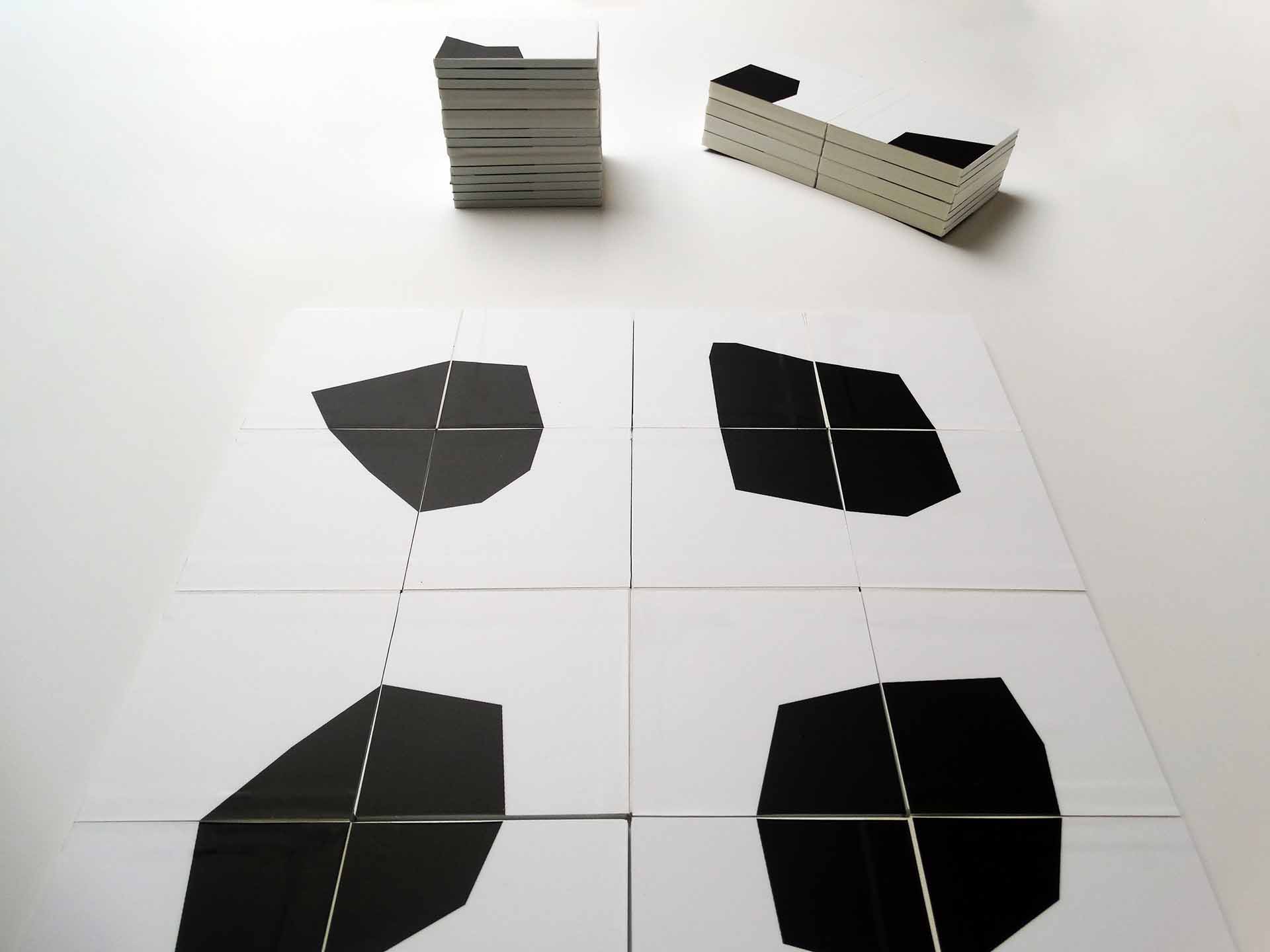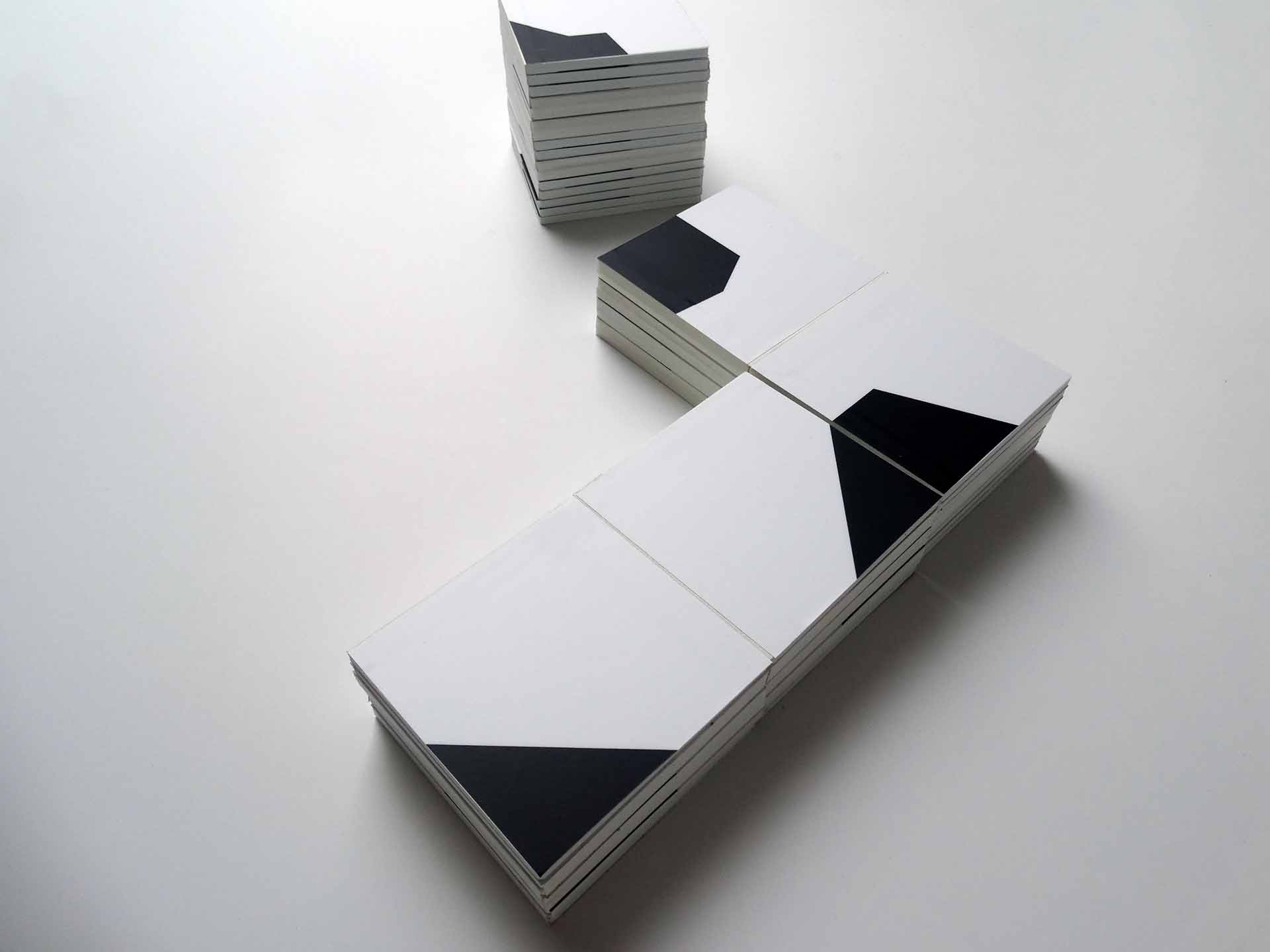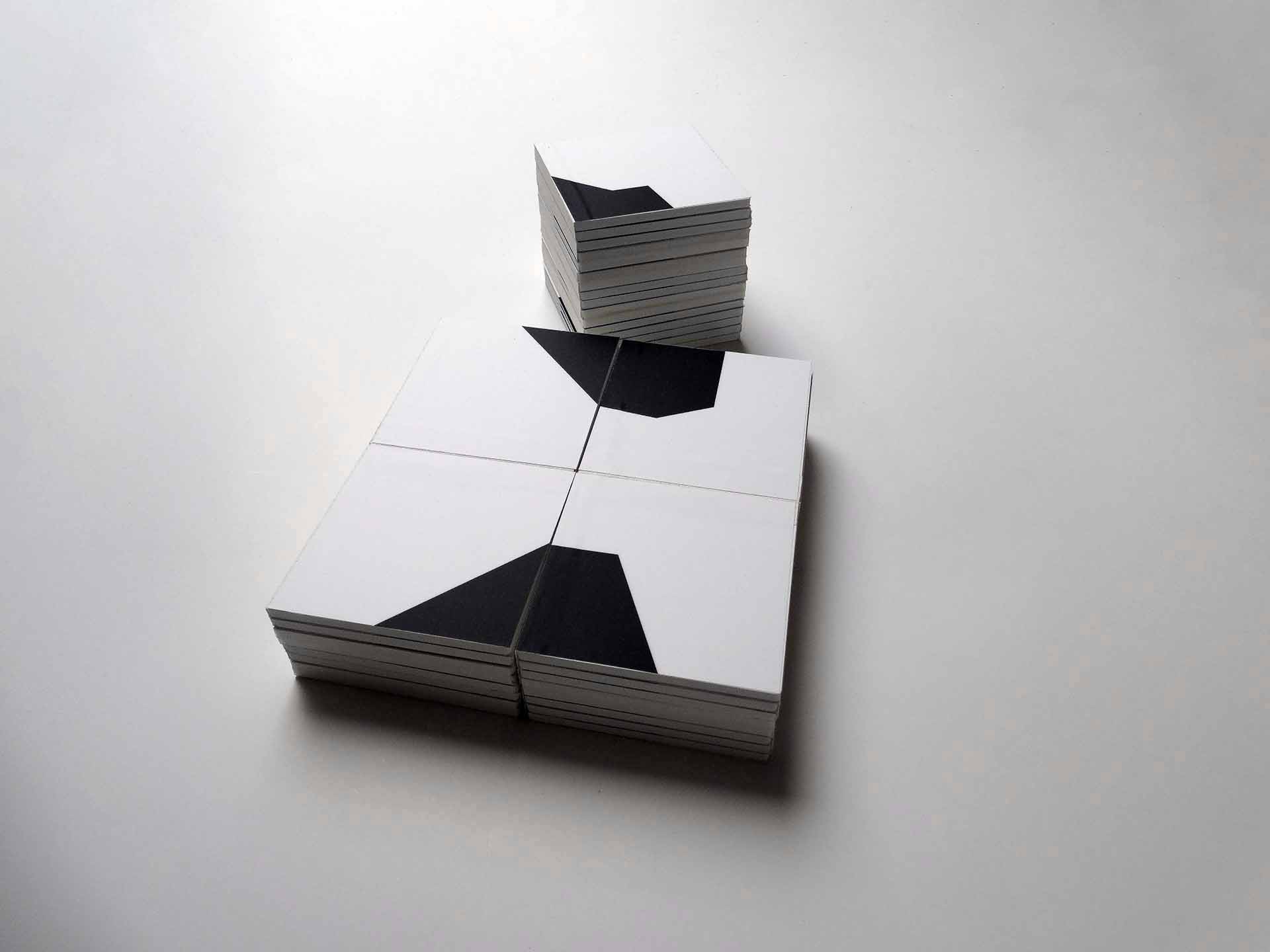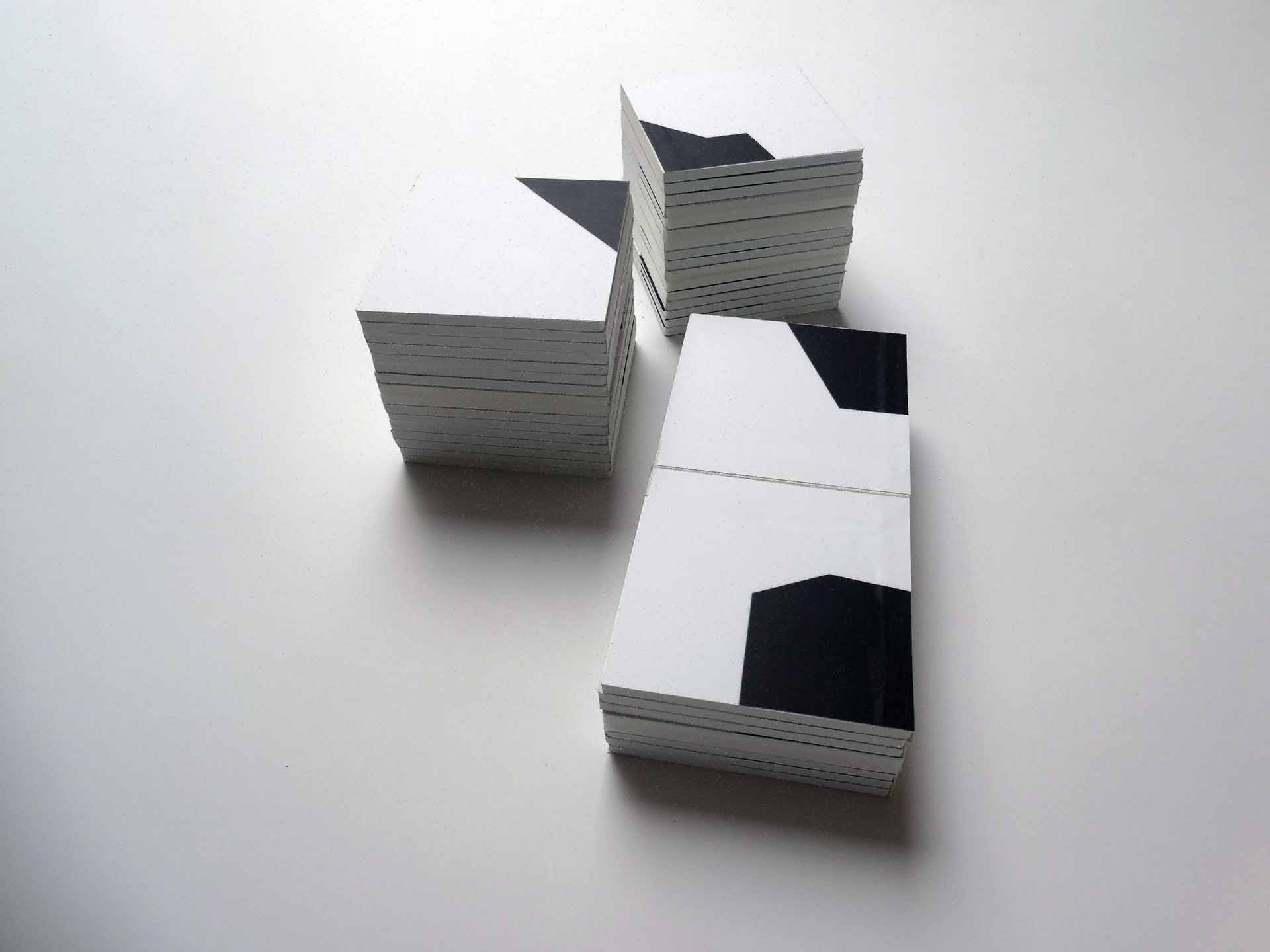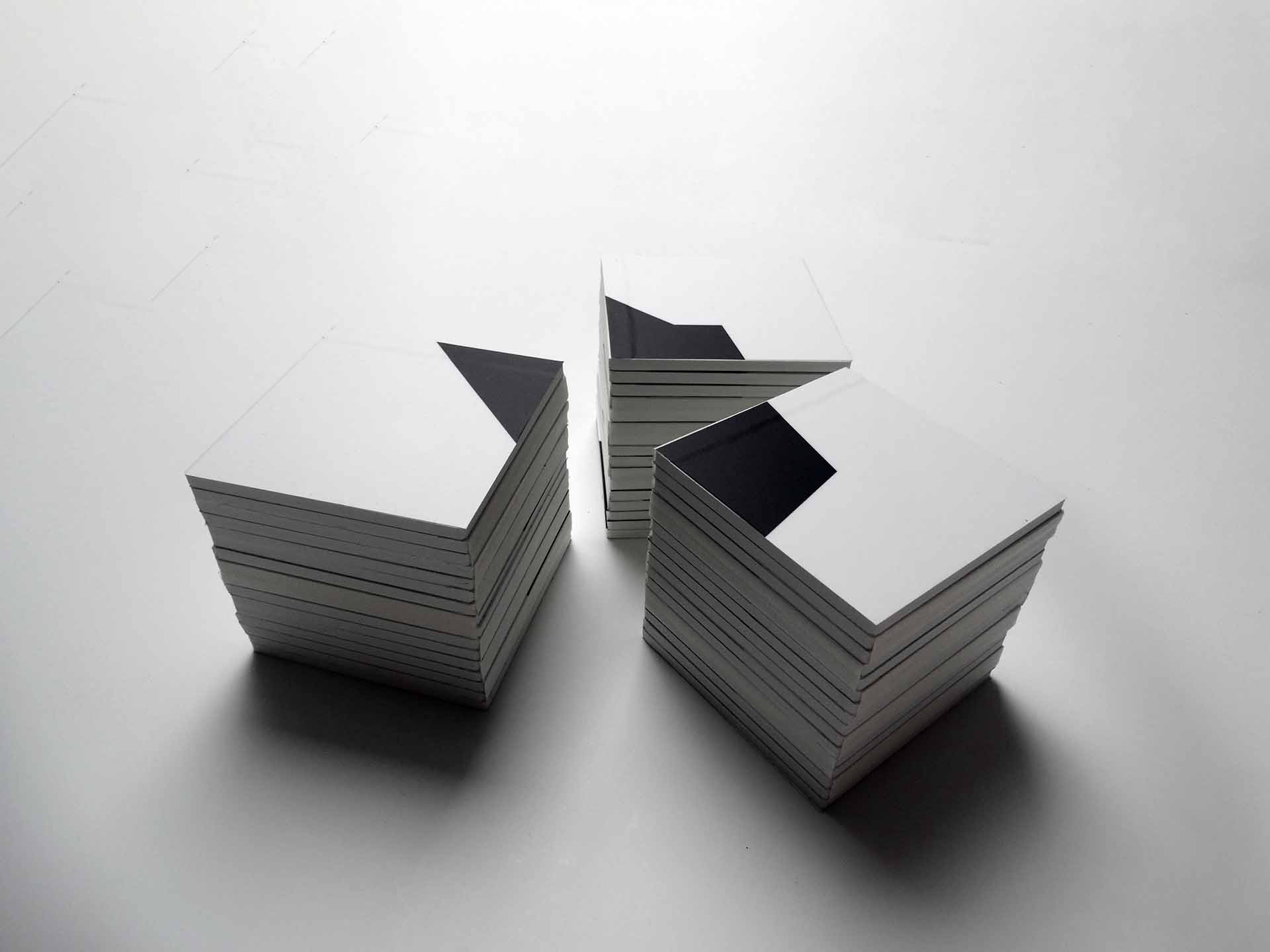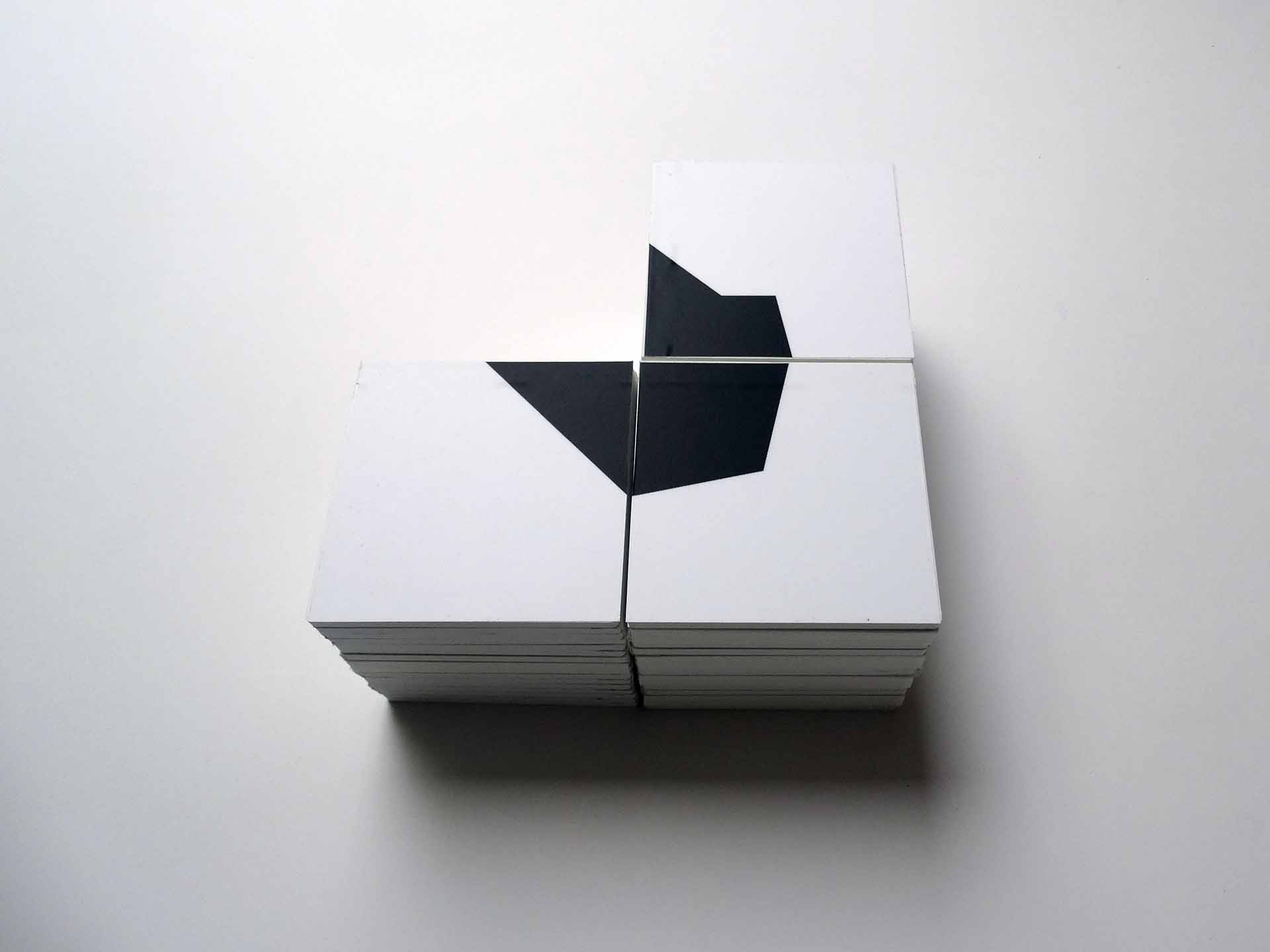SEMIOGRAPHY. A Visual Experiment at the Intersection of Sign, Language, and Perception | SEMIOGRAFIA. Eksperyment wizualny na styku znaku, języka i percepcji
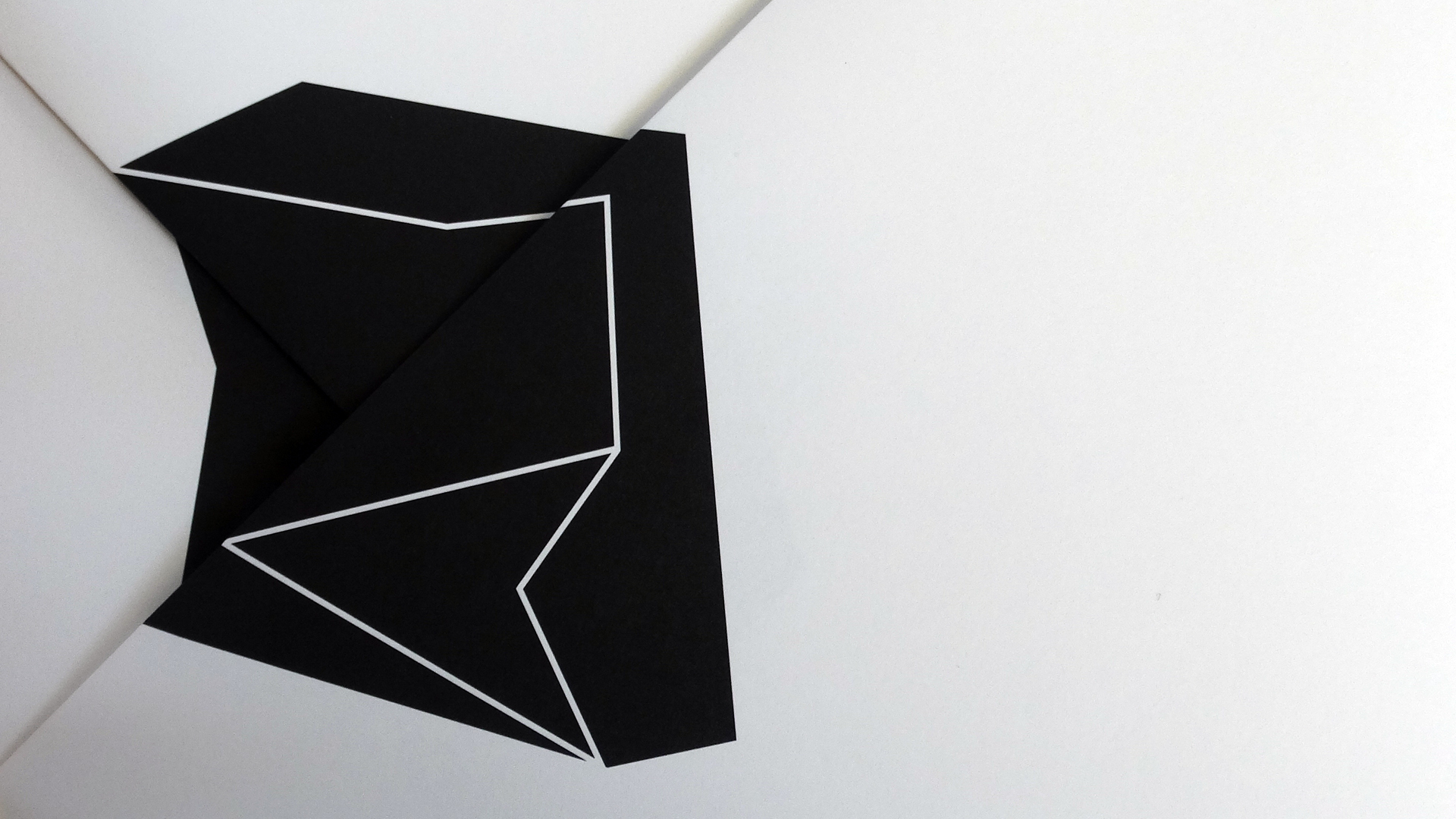
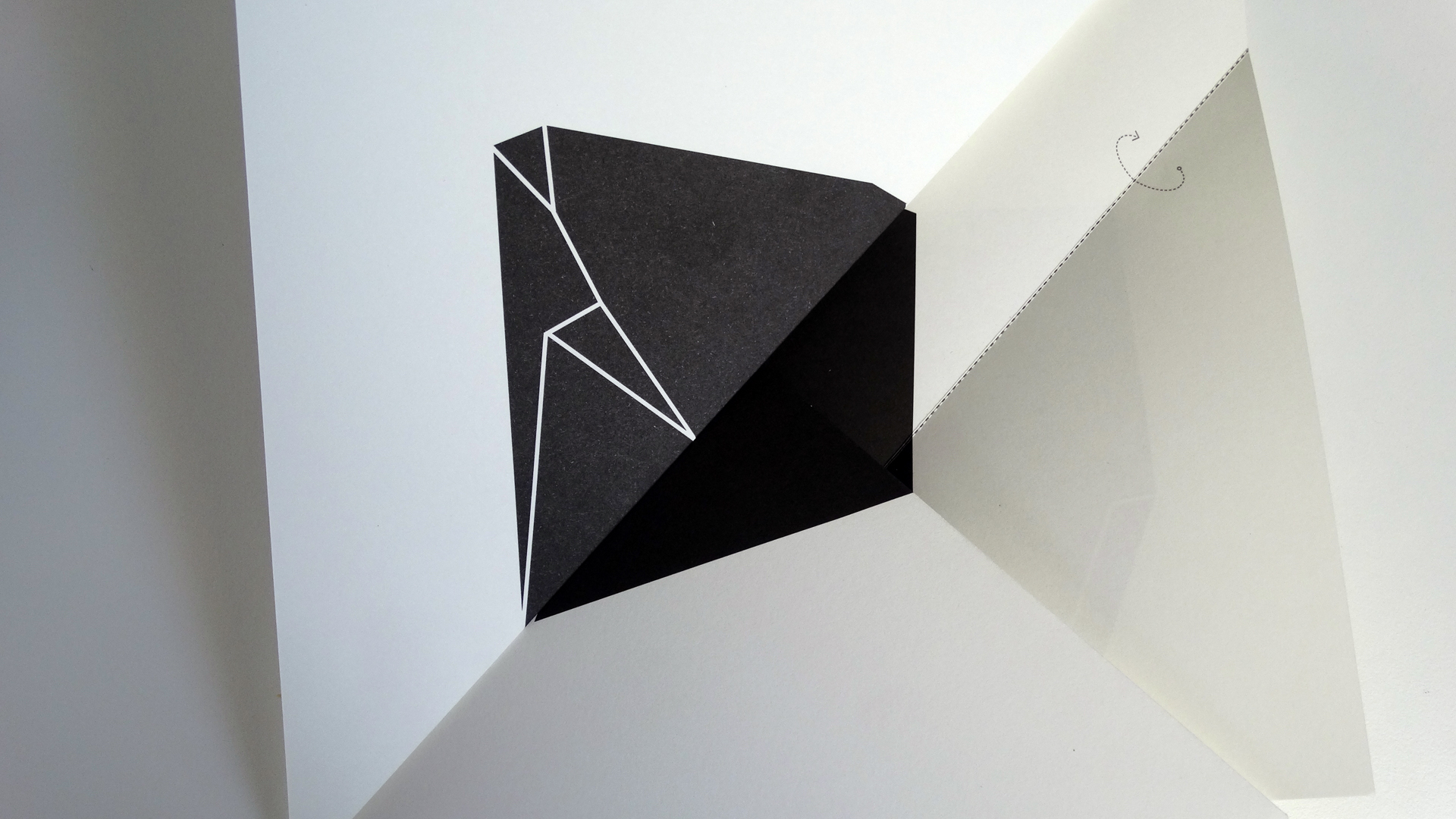

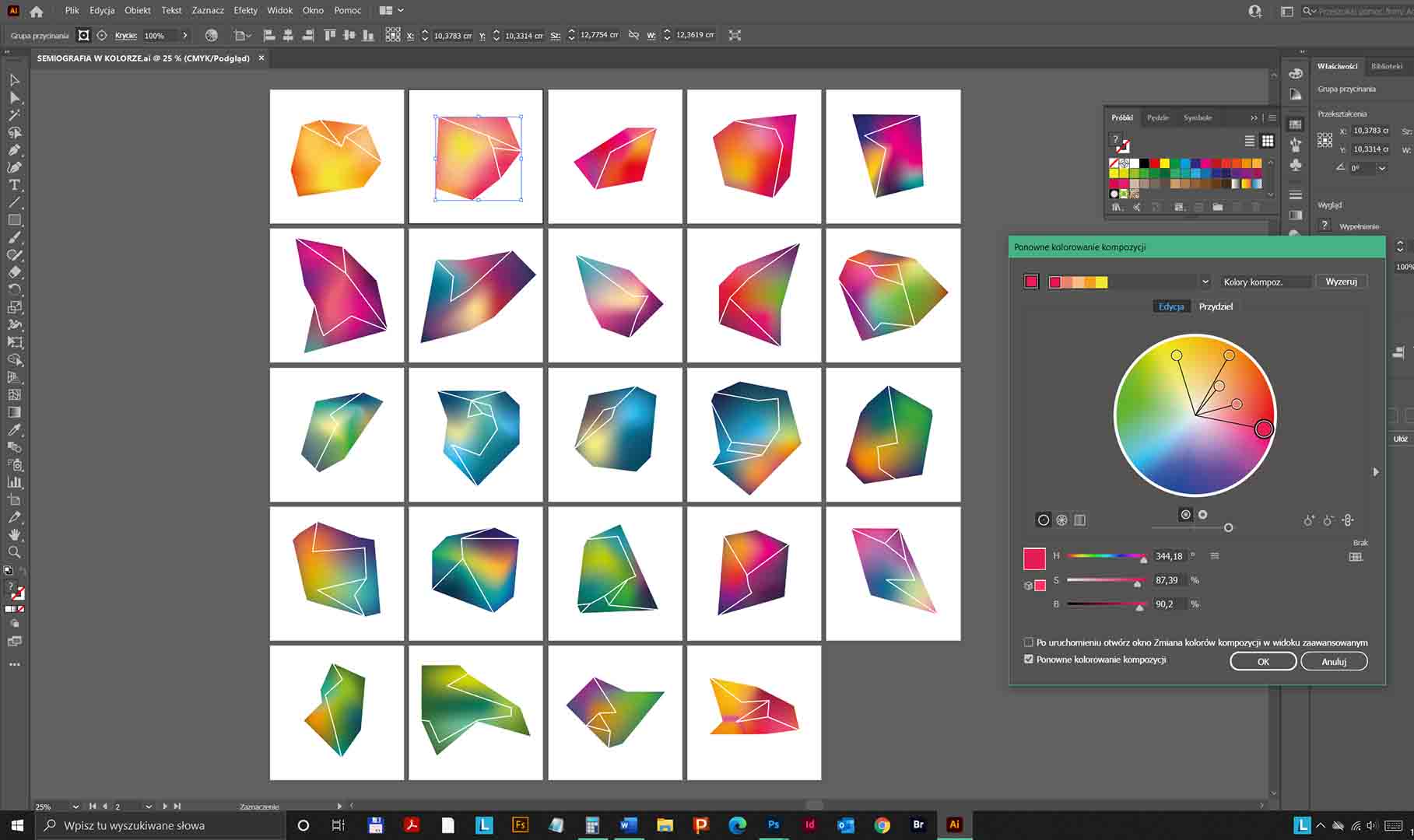

![Monika Aleksandrowicz WYSTAWA MEDIA[K]CJA! Galeria ZaSzkłem i Postument ASP we Wrocławiu fot. Michał Pietrzak 03](https://artebuena.eu/wp-content/uploads/2023/03/Monika-Aleksandrowicz-WYSTAWA-MEDIAKCJA-Galeria-ZaSzklem-i-Postument-ASP-we-Wroclawiu-fot.-Michal-Pietrzak-03.jpg)
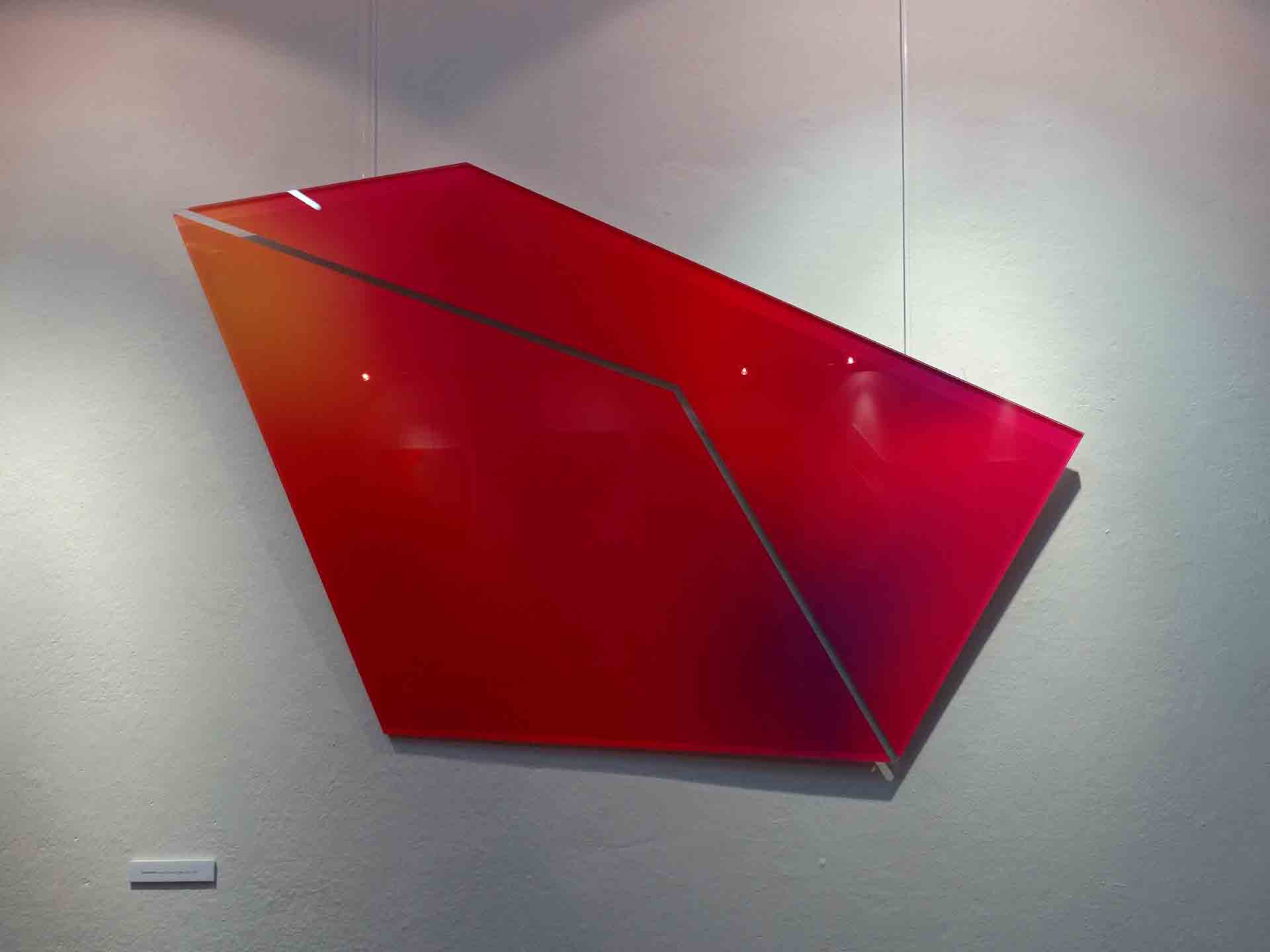


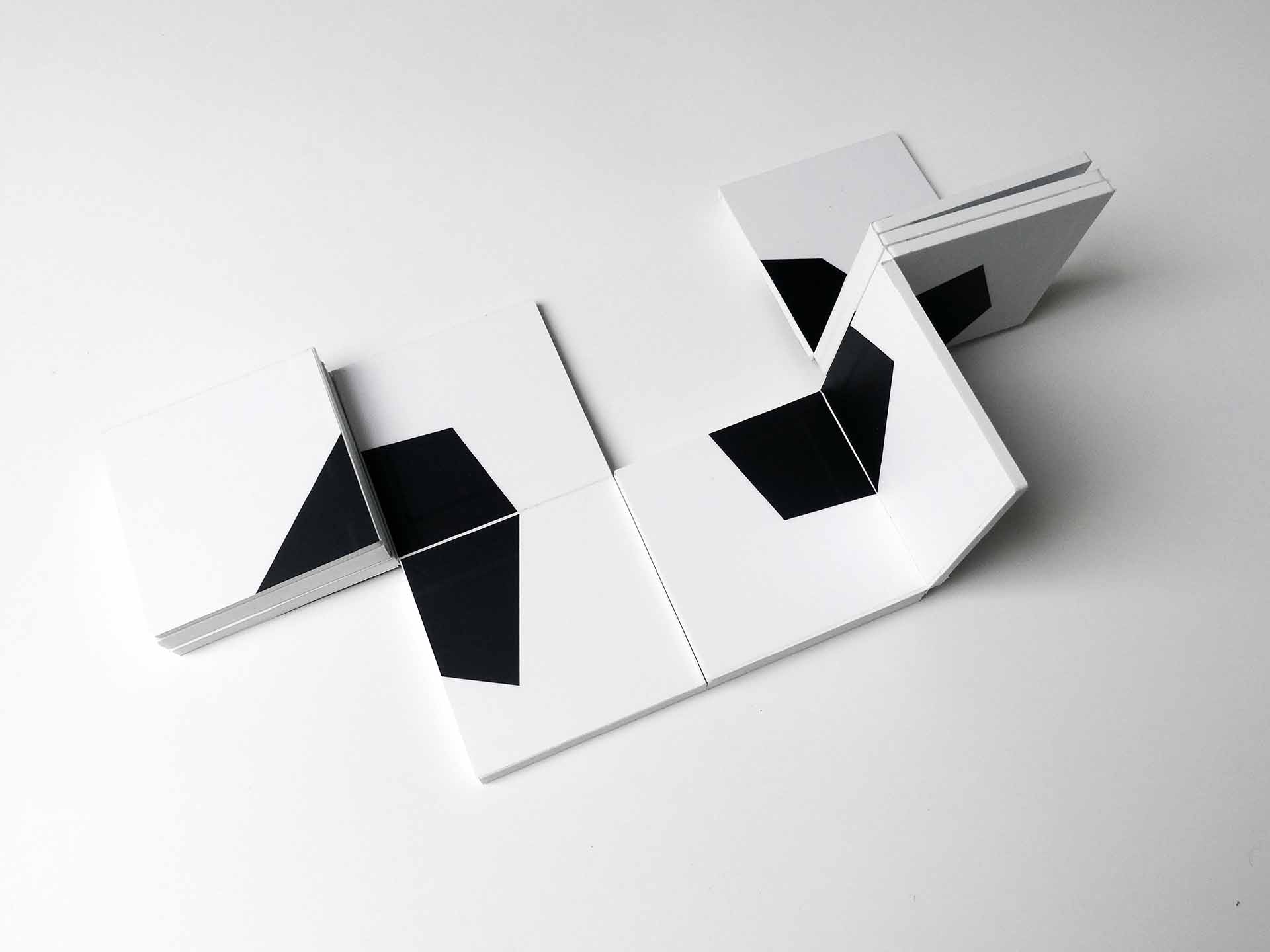
SEMIOGRAPHY. A Visual Experiment at the Intersection of Sign, Language, and Perception
Introduction
Contemporary art increasingly operates at the borders of language, communication, and perception, testing their elasticity and capacity for redefinition. One example of such a practice is my original cycle Semiography – an artistic and research project that has evolved since 2010 into a multilayered visual discourse, rooted in asemic practice, semiotic reflection, and experimentation with the artist’s book.
Semiography is a space of creative in-betweenness: between letter and sign, between meaning and its absence, between the movement of the hand and the structure of language. This text offers an analytical and theoretical perspective on the cycle, treating it as a laboratory of form and meaning, but also as an ongoing project that redefines itself through writing practices, publication, performative action, and research on visual perception.
Context: From Sign to Asemia
The inspiration behind the Semiography cycle was the need to step beyond known linguistic systems and enter a space that Umberto Eco referred to as the „open work”—a potential, dynamic, and indeterminate structure whose interpretation depends on the viewer¹. Instead of constructing stable messages, Semiography produces signs without fixed semantics which, despite their apparent legibility, resist unequivocal translation.
In this sense, the project aligns with the tradition of asemic writing but simultaneously transcends it by incorporating mathematical, rhythmic, spatial, and even performative elements. The sign is no longer an information carrier, but a gesture, a trace, a situation – a transitional, often fleeting entity.
Semiography as an Artist’s Book
An early development in the cycle was the artist’s book generating visual modifications – a format that assumes active co-creation by the viewer. The publication becomes an open medium, responsive to how it is viewed, exposed to light, folded, or manipulated in space.
In my doctoral dissertation titled The Artist’s Book Generating Visual Modifications, I described the methodology for creating such objects, emphasizing their processual and interactive nature. Semiographic books are not just carriers of content but tools for exploring the relationship between sign and perception. Their structure resembles an optical apparatus – a system of mirrors, filters, and illusions – while remaining grounded in the rhythm of the hand and the materiality of paper.
The Interpretative Paradox and the Aphasia of Meaning
One of the central themes of Semiography is the so-called interpretative paradox – the moment when a sign suggests meaning but cannot be reduced to any specific interpretation. In this space, the sign does not so much communicate as it exposes the act of communication itself – its tensions, fractures, and dispersions².
This is an area close to aphasia – not as a speech disorder, but as a creative potential. Semiography does not imitate language but deconstructs its components, revealing how easily meaning can be simulated or annulled. In this way, one can speak of an „aesthetics of uncertainty”—a tension between expectation and its suspension, between structure and chaos, rhythm and its collapse.
Phases in the Development of the „Semiography / Semiografia” Cycle
Phase I (2010–2015): Glyphs and the Study of Asemia
Initial works focused on developing a personal graphic alphabet – a set of glyphs without assigned meanings. These signs resembled calligraphy, foreign scripts, or mathematical notation, but were entirely asemic.
Phase II (2015–2020): Semiography 1.0 / 2.0 – The Book as a Variable Medium
This period saw the creation of experimental publications – artist’s books whose layout changed depending on light, browsing technique, or spatial configuration.
Phase III (2020–2023): Rhythm, Performance, Emotion
Notations became a form of asemic diary – a record of bodily states, muscle tension, and states of awareness. The sign became an emotional trace – a blend of automatism and mindfulness, action and meditation.
Phase IV (2023–2025): Interdisciplinarity and Structure
Recent works deepen the dialogue with geometric rhythm, the golden ratio, topology, construction, and formal structure rooted in mathematical order.
Semiography in Relation to Mathematics and Rhythm
The Semiography cycle develops in close relation to rhythm and mathematical structures, which do not play an illustrative role but form the internal order organizing the sign and its extension in time and space.
In this context, mathematics is not a rigid system but a potential language that, like the asemic sign, operates on the border of abstraction and intuition. Rather than communicating a specific content, it structures thought and perception³.
Philosophical Contexts: Deleuze, Barthes, Eco, Kristeva, Agamben
Deleuze’s concept of the diagram and deterritorialization of meaning allows us to view Semiography as a field of forces⁴. Barthes inspires the notion of the text as an open structure composed of quotations and gaps⁵. Eco provides the theory of the open work and semiotic processes that perfectly frame Semiography as a dynamic structure⁶. Kristeva reveals the relationship between the pre-conscious matter of language and its surface⁷. Agamben, in turn, enables an understanding of the sign as a potential act that may or may not be actualized⁸.
Semiography as a Cognitive Tool. Between Insight and Gesture
In the Semiography project, the sign ceases to be merely a communicative element. It becomes a tool of cognition – not only of the external world but also of the internal realms: mind, emotion, structures of perception. This is cognition that does not proceed through conventional language but through gesture, rhythm, hand tension, repetition, error, and meditative focus on structure.
The sign functions like a laboratory object – created, destroyed, modified repeatedly – not to convey, but to reveal mechanisms of interpretation. Semiography thus becomes a phenomenology of gesture – mapping unconscious trajectories of the sign, creating a new semantic field.
Conclusion: Semiography as a Practice of Liminal Space
The Semiography cycle can be seen as an ongoing practice on the threshold: between sign and non-sign, between language and corporeality, between cognition and its suspension. It is a form of liminal art – operating in a space of transition, indeterminacy, dynamism. In this space – neither already linguistic nor fully visual – emerges a new form of communication: intense, intuitive, performative.
As an artist, researcher, and author of the project, I perceive Semiography not only as a series of works but as a method of reflecting on the very process of thinking and meaning-making. It is a tool of insight – both theoretical and somatic. In a world oversaturated with messages, Semiography offers a practice of silence, ambiguity, and attention.
¹ Umberto Eco, The Open Work, trans. A. Cancogni, Harvard University Press, 1989.
² Roland Barthes, The Rustle of Language, Berkeley: University of California Press, 1989.
³ Jakub Jernajczyk, „Art Inspired by Mathematics”, „Format” no. 82–83, 2011.
⁴ Gilles Deleuze, Foucault, trans. S. Hand, University of Minnesota Press, 1988.
⁵ Roland Barthes, Image – Music – Text, New York: Hill and Wang, 1977.
⁶ Umberto Eco, The Role of the Reader, Indiana University Press, 1979.
⁷ Julia Kristeva, Revolution in Poetic Language, New York: Columbia University Press, 1984.
⁸ Giorgio Agamben, The Coming Community, Minneapolis: University of Minnesota Press, 1993.
SEMIOGRAFIA. Eksperyment wizualny na styku znaku, języka i percepcji
Wprowadzenie
Współczesna sztuka coraz częściej operuje na granicach języka, komunikacji i percepcji, testując ich elastyczność i podatność na redefinicję. Jednym z przykładów takiej praktyki jest mój autorski cykl Semiografia – projekt artystyczno-badawczy, który od 2010 roku rozwija się jako wielowarstwowa wypowiedź wizualna, zakorzeniona w praktyce asemicznej, semiotycznej refleksji oraz eksperymentach z książką artystyczną.
Semiografia jest przestrzenią twórczego „pomiędzy”: między literą a znakiem, między znaczeniem a jego brakiem, między ruchem ręki a strukturą języka. W tym tekście podejmuję próbę analityczno-teoretycznego ujęcia tego cyklu, traktując go jako laboratorium formy i znaczenia, ale też jako projekt rozciągający się w czasie, który sam siebie redefiniuje poprzez praktyki pisma, publikacji, działania performatywne i badania nad percepcją wizualną.
Kontekst: od znaku do asemii
Inspiracją dla cyklu Semiografia była potrzeba wyjścia poza znany system językowy i wejścia w obszar, który Umberto Eco nazywał „otwartym dziełem” – struktury potencjalnej, dynamicznej i niedookreślonej, której interpretacja zależy od odbiorcy¹. Zamiast budowania stabilnych komunikatów, Semiografia konstruuje znaki bez ustalonej semantyki, które – mimo pozornej „czytelności” – pozostają nieprzekładalne na jednoznaczne znaczenie.
W tym sensie projekt wpisuje się w tradycję asemicznego pisma (asemic writing), ale równocześnie przekracza jej konwencje, wprowadzając elementy matematyczne, rytmiczne, przestrzenne, a nawet performatywne. Znak nie jest tu już nośnikiem informacji, lecz gestem, śladem, sytuacją – a więc bytem przejściowym, często ulotnym.
Semiografia jako książka artystyczna
Rozwinięciem pierwszych prac z tego cyklu była książka artystyczna generująca modyfikacje wizualne – forma, która zakłada aktywne współtworzenie przez odbiorcę. Publikacja staje się tu medium otwartym, reagującym na sposób oglądania, naświetlania, składania lub manipulacji przestrzenią.
W doktoracie zatytułowanym właśnie Książka artystyczna generująca modyfikacje wizualne opisałam metodologię tworzenia tego typu obiektów, podkreślając ich charakter procesualny i interaktywny. Semiograficzne książki stają się nie tylko nośnikiem treści, lecz narzędziem badania relacji między znakiem a jego percepcją. Ich struktura przypomina układ optyczny – zestaw luster, filtrów i złudzeń – a zarazem pozostaje zakorzeniona w rytmie ręki i materialności papieru.
Paradoks interpretacyjny i afazja znaczenia
Jednym z głównych tematów Semiografii jest zjawisko tzw. paradoksu interpretacyjnego – momentu, w którym znak sugeruje sens, ale nie daje się zredukować do konkretnego znaczenia. W tej przestrzeni znak nie tyle komunikuje, ile eksponuje sam akt komunikacji – jego napięcia, załamania, rozproszenia².
Jest to obszar bliski afazji – nie jako chorobie mowy, lecz jako potencjałowi twórczemu. Semiografia nie imituje języka, lecz dekonstruuje jego składniki, ujawniając, jak łatwo sens może zostać zasymulowany lub unieważniony. W tym sensie można mówić o formie „estetyki niepewności” – napięciu między oczekiwaniem a jego zawieszeniem, strukturą a chaosem, rytmem a jego załamaniem.
Etapy rozwoju cyklu „Semiografia / Semiography”
Etap I (2010–2015): Glyphy i badanie asemii
Początkowe realizacje koncentrowały się na wypracowaniu własnego alfabetu graficznego – zestawu glyphów nieposiadających przypisanych znaczeń. Znaki te przypominały kaligrafię, pismo obcojęzyczne lub zapis matematyczny, ale były całkowicie asemiczne.
Etap II (2015–2020): Semiografia 1.0 / 2.0 – książka jako medium zmienne
W tym okresie powstały publikacje eksperymentalne – książki artystyczne, których układ ulegał zmianie w zależności od działania światła, sposobu wertowania, czy struktury przestrzennej.
Etap III (2020–2023): Rytm, performans, emocja
Notacje stają się formą asemicznego dziennika – zapisem stanu ciała, napięcia mięśni, stanu świadomości. Znak staje się śladem emocji – połączeniem automatyzmu i uważności, działania i medytacji.
Etap IV (2023–2025): Interdyscyplinarność i struktura
Najnowsze realizacje rozwijają dialog z rytmem geometrycznym, złotym podziałem, topologią, konstrukcją oraz strukturą formalną opartą na porządku matematycznym.
Semiografia w relacji z matematyką i rytmem
Cykl Semiografia rozwija się w silnej relacji z rytmem i strukturami matematycznymi, które nie pełnią tu roli ilustracyjnej, lecz stają się wewnętrznym porządkiem organizującym znak i jego rozciągnięcie w czasie oraz przestrzeni.
Matematyka w tym kontekście nie jest sztywnym systemem, lecz językiem potencjalnym, który – podobnie jak znak asemiczny – funkcjonuje na granicy abstrakcji i intuicji. Zamiast komunikować konkret, organizuje strukturę myślenia i percepcji³.
Konteksty filozoficzne: Deleuze, Barthes, Eco, Kristeva, Agamben
Deleuzjańska koncepcja diagramu i deterrytorializacji znaczenia pozwala spojrzeć na Semiografię jako na pole sił⁴. Barthes inspiruje rozumienie tekstu jako struktury otwartej, złożonej z cytatów i przerw⁵. Eco wyposaża nas w teorię dzieła otwartego i semiozy, która doskonale tłumaczy strategię Semiografii jako dynamicznej struktury⁶. Kristeva wskazuje na relację między przedświadomą materią języka a jego powierzchnią⁷. Agamben z kolei umożliwia rozumienie znaku jako aktu potencjalnego, który może, ale nie musi się zaktualizować⁸.
Semiografia jako narzędzie poznawcze. Między wglądem a gestem
W projekcie Semiografia znak przestaje być wyłącznie elementem komunikacyjnym. Staje się instrumentem poznania – nie tylko zewnętrznego (świata), ale i wewnętrznego (umysłu, emocji, struktury percepcji). Jest to poznanie, które nie przebiega przez język w jego klasycznym rozumieniu, lecz przez gest, rytm, napięcie ręki, powtórzenie, błędność, medytację nad strukturą.
Znak funkcjonuje jak obiekt laboratoryjny – tworzony, niszczony, wielokrotnie modyfikowany – nie po to, by coś przekazać, ale by ujawnić mechanikę interpretacji. Semiografia staje się więc także fenomenologią gestu – mapowaniem nieświadomych trajektorii znaku, które tworzą nowe pole znaczeniowe.
Zakończenie: Semiografia jako praca w strefie liminalnej
Cykl Semiografia można odczytywać jako ciągłą próbę pracy na granicy: między znakiem a nie-znakiem, między językiem a cielesnością, między poznaniem a jego zawieszeniem. Jest to forma sztuki liminalnej – operującej w przestrzeni przejścia, niedookreślonej, dynamicznej. W tej strefie – ani już językowej, ani jeszcze obrazowej – powstaje nowy rodzaj komunikacji: intensywnej, intuicyjnej, performatywnej.
Jako artystka, badaczka i autorka projektu widzę Semiografię nie tylko jako cykl prac, ale jako metodę refleksji nad samym procesem myślenia i znaczenia. To narzędzie wglądu – równie teoretyczne, co somatyczne. W świecie przeciążonym nadmiarem komunikatów, Semiografia proponuje praktykę ciszy, nieoczywistości i uwagi.
¹ Umberto Eco, Dzieło otwarte, tłum. J. Gałuszka, Warszawa: Czytelnik 1973.
² por. Roland Barthes, The Rustle of Language, Berkeley: University of California Press, 1989.
³ Jakub Jernajczyk, „Sztuka inspirowana matematyką”, „Format” nr 82–83, 2011.
⁴ Gilles Deleuze, Foucault, tłum. Tomasz Tomasik, Warszawa: Sic!, 2000.
⁵ Roland Barthes, Image – Music – Text, New York: Hill and Wang, 1977.
⁶ Umberto Eco, Lector in fabula, tłum. P. Salwa, Warszawa: PIW, 1994.
⁷ Julia Kristeva, Revolution in Poetic Language, New York: Columbia University Press, 1984.
⁸ Giorgio Agamben, The Coming Community, Minneapolis: University of Minnesota Press, 1993.
